1. Stunning Coral Reefs: Palau has some of the most beautiful and diverse coral reefs in the world, with over 700 species of coral and 1,500 species of fish.
2. World-Class Wrecks: Palau is home to some of the most impressive wreck dives in the world, including the famous Japanese supply ship, the Iro Maru.
3. Manta Rays: Palau is one of the few places in the world where you can consistently see manta rays year-round.
4. Shark Action: Palau is famous for its shark diving, with opportunities to see a variety of species, including grey reef sharks, whitetip reef sharks, and even hammerhead sharks.
5. Jellyfish Lake: Palau is home to Jellyfish Lake, where you can swim with millions of non-stinging jellyfish.
6. World Heritage Site: Palau's Rock Islands were declared a UNESCO World Heritage Site in 2012 due to their natural beauty and ecological significance.
7. Unique Dive Sites: Palau has a range of unique dive sites, including Blue Corner, which offers the opportunity to dive in a strong current and see large schools of fish.
8. Underwater Caves: Palau has a number of underwater caves and swim-throughs that offer a unique and exciting diving experience.
9. Conservation Efforts: Palau is committed to marine conservation and has created a number of marine protected areas to ensure the sustainability of its diving industry.
10. Diverse Marine Life: Palau's diverse marine life includes not only coral and fish, but also a variety of invertebrates, reptiles, and mammals, such as sea turtles and dugongs.
These are just a few of the reasons why Palau is a world-class diving destination that should be on every diver's bucket list.
Palau liveaboard diving is consistently chosen as one of the world's premiere diving destinations by several international diving publications, Palau features enchanting topside topography as well as breathtaking underwater landscapes. Experience big fish action at the Blue corner and New drop off. Shafts of light cutting through deep shadows create a near-religious experience at the Blue holes, German channel, Chandelier cave, Pelieu, Siaes tunnel, Ulong channel, Wrecks and many more Palau offers some of the most unique holiday possibilities: its natural beauty and untouched wilderness, intact culture, remoteness and stability combine to offer a fantastic destination for adventure seekers.
The spectacular walls along the barrier reef, including such favorites as Blue Corner, Ulong Channel, Big drop-off and many other sensational offer dive sites yet to be charted. You can expect mostly wall and drift diving with visibility ranging from 20m / 70 feet to 50m / 150 feet depending on prevailing conditions.
All our boats are liveaboards for people enthusiastic or serious about their diving but also welcome snorkellers and non-divers who will have their own separate itinerary.
It is located between Guam, the Philippines and Papua New Guinea. Palau is a 400-mile long archipelago, which hosts one of the world's most unique phenomena - " Rock Island". These mushroom like islets are uninhabited and located in a large lagoon that has a vast concentration of corals, fish and other marine life. White sand beaches, lush jungle and remote waterfalls are just among the highlights of Palau.
The islands of Micronesia are scattered over three million square miles of the North Pacific. Palau is the Pacific’s newest nation, a Mecca for divers and home of the exquisite Jellyfish Lake. The Republic of Palau lies east of the Philippines and comprises of some 350 islands. They are grouped in six clusters stretching to 400miles from North to South, Kayangel Atoll to Tobi Islands.
Palau is world renowned as an unsurpassed dive destination that also offers the sublime Rock Islands, dramatic waterfalls, pristine white sand beaches and some of the most intriguing native flora and fauna found anywhere in the Pacific Ocean. Explore the beauty of Palau with the Big Blue explorer.
Palau has been described as one of the Seven Underwater Wonders of the World, with 700 species of coral and 1,200 species of identified fish. Palau provides some of the best diving to be found in Micronesia and ideally is suited for advanced divers.
The spectacular walls along the barrier reef, including such favorites as Blue Corner, Ulong Channel, Big drop-off and many other sensational offer dive sites yet to be charted. You can expect mostly wall and drift diving with visibility ranging from 20m / 70 feet to 50m / 150 feet depending on prevailing conditions.
Kudarah Thila
Type of dive: Reef dive
Description: One of the best dive sites for soft coral and fish life.
The marine life here is so abundant, that the divers have named it ‘fish soup’. The thila is in a circular shape and can be covered in a single dive at different depths, if the current is not very strong.
Maaysa Thila
Type of dive: Reef dive / Night dive
Description: The thila is about 80mters in diameter.
The whole thila can be done at different depths in a single dive. There are manycaves and overhangs around the thila. The large rocks on the north eastern side have large black coral trees growing on them. The site is famous for the sharks and a great barracuda which reside here. The site can be dived at any time of the day, each with different activity going on the reef. The best chance to get close to these creatures is at night time, when they are hunting. You will see sharks, barracudas, rays and eels trying to grab a morsel.
Bathala Maaga Kanthila
Type of dive: Drift dive
Description: The northern tip of Magaa reef extends into Bathalaa Kandu and is home to a number of grey reef sharks and white-tip reef sharks. They can be seen patrolling along the reef looking for food.
Maalhos Thila (Blue Curves)
Type of dive: Drift dive / Reef dive
Description: The thila is known for the abundance of soft coral growth on the thila, particularly the blue/violet colored variety that grows on the ceiling of the caves and overhangs, thus the name ‘blue caves’. In addition a large variety of fish life can be observed here.
Rasdhoo Madivaru
Type of dive: Drift dive / Channel dive
Description: The reef on the southern side of Rasdhoo drops vertically to the ocean depths. The site is home to a school of Scalloped Hammerhead sharks (sphyrna lewini). In the early hours of the morning they rise from the deep waters off the atoll into the shallower depths, accessible to divers.
South Male Atoll - some of the more popular dive sites
Guraidhoo Kandu South
Type of dive: Drift dive / channel dive
Description: Since the eastern side of the channel is Open Ocean, large predatory fish can regularly be spotted here. This site is famous for sightings of sharks, schools of eagle rays and the occasional Sail fish and Hammerheads. The best condition to do the dive is when the current is flowing into the Atoll. The dive begins on the outer reef following the current into the atoll. Most of the pelagic species can be observed on the eastern side, where the reef drops off into the deep ocean.
At the end of the dive in the channel, along the reef you can find overhangs with plenty of soft coral growth and small fish.
Kandooma Thila
Type of dive: Drift dive / reef dive
Description: Located in a channel, the reef is subject to strong currents at times. The ocean currents carry lot of nutrients to the reef, supporting an abundance of sea life.
The site is well renowned for the soft coral growth, turtles, diverse fish life and invertebrates found on the reef. At the reef slope you may find sharks and eagle rays.
Embudu Kandu (Express)
Type of dive: Drift dive / channel dive.
Description: Similar to Guraidhoo Kandu, but more sharks are likely to be spotted here.
The currents can be very strong at times. The stronger the current however the better chance of seeing sharks. Under the guidance of an experienced dive guide, the dive can be managed done easily.
Raja Ampat (or the Four Kings) is an archipelago consisting of the islands of Misoool, Salawati, Batanta, and Wiageo which are surrounded by over 1,500 small islands and cays. Formerly known as Irian Jaya, this area is now part of the newly named West Papua province of Indonesia and is located on the northwest tip of Bird's Head Peninsula, on the island of New Guinea.
Put simply, Raja Ampat could quite possibly be the best diving in the world. It certainly is the world's most bio diverse marine region with more recorded fish, coral and mollusc species than anywhere else on Earth. The variety of marine life can be staggering. Some areas boast enormous schools of fish and regular sightings of sharks, such as wobbegongs. In Mansuar, you may encounter large groups of manta rays and turtles. From the boat and often close to shore you may get the chance to don your snorkelling gear for some unforgettable interaction with resident pods of dolphins or even some passing whales. Other highlights include the innumerable war wrecks, both ships and planes (with new wrecks being discovered constantly).
The reefs of Raja Ampat are just as varied as the marine life. There are vertical walls, reef flats, slopes, sea mounts, mucky mangroves, lagoons and pinnacles. The reefs are in pristine condition with miles of perfect hard corals and many varied colourful species of soft corals. The diving is predominantly drift dives due to the moderate prevalent currents in the area which provide nutrients for the myriad fish and coral. Currents are average to moderate and vary from none to very strong. Visibility is normally very good but can vary and is normally at its best earlier in the day so your pre-breakfast dives are not to be slept through!
This is truly "Frontier Diving". Topside the beautiful islands stretch as far as you can see and are largely uninhabited. At night the lights of local fishing boats twinkle in the dark along the few inhabited shorelines while in more remote areas you may only see a distant spec of light over the entire horizon.
Raja Ampat has a high season from October to May and weirdly enough it is during their rainy season due to the winds in the dry season making parts of the park inaccessable.
The rainy season should not be mis-construed though. It is generally mostly a shower in the late afternoon and evening and most of the time the days are nice, wind is minimal and the skys are generally clear or slightly over cast.
The seas are calmer at this time of the year as the oppposite season has winds that kick up waves and make it very difficult to dive the more exposed sites in the Southern part of Raja Ampat.
The water temperature stays roughly the same around the 27-30 degrees celcius mark all year round.
Recently, due to the popularity of Raja Ampat, a lot of boats have been running trips in the so called low season (May to October) and this is also the dry season and so promotes nicer weather and better visibility but the trade off is that only the northern more sheltered part of the park is accessable due to higher winds and waves but as the area is so vast and there are so many quality dive sites the reports from these northern trips have been glowing so far and there are new dive sites being discovered all the time.
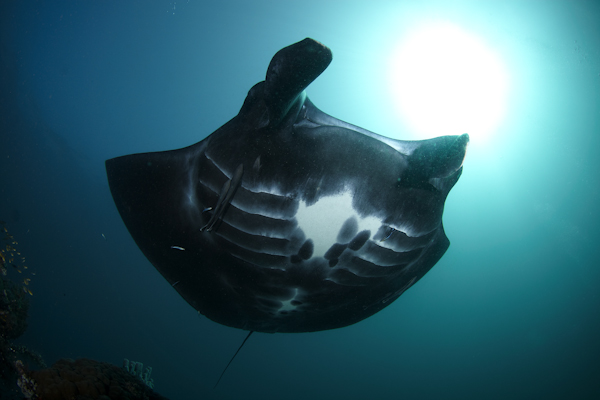
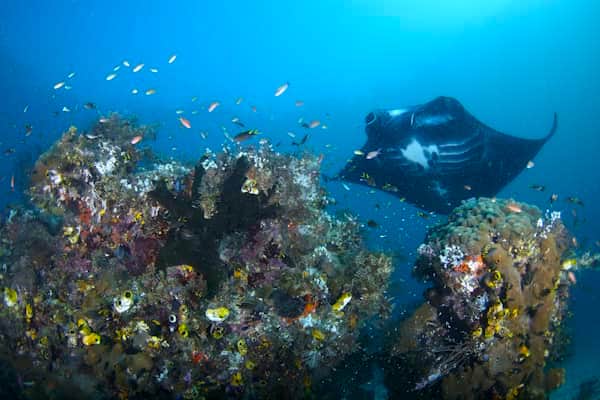
Diving in Komodo is not a new idea but recently it's being recognised as a premier destination due to the awesome variety of diving to be had.
Crystal clear water and dive sites where you never see another diver provide a little something for everyone whether it's macro or massive you love.
One day you can be crawling along the bottom looking at pygmy seahorses, frogfish and unusual nudibranch and the next you are in the big blue on an open water pinnacle as the mantas fly by, the sharks circle and the dolphins hunt and the next day diving a live volcano!!
For sheer variety there is no better place on earth.
Komodo is one of the few places left in the world where sharks are not rare and down south is one of the places where manta rays have their legendary aggregations, meaning they are here in the area in their hundreds!!!
One of the highlights of these trips is the rare opportunity to walk with the lengendary Komodo dragons.
These truly awesome beasts can reach 3 metres plus and can reportedly run at 20km an hour chasing their prey. It's the icing on the cake, Stunning diving and one of the world's last surviving dinosaur descendants all one amazing package.
Covering the best of both worlds, from up close and personal with aggragating mantas to shy pygmy seahorses and rare nudibranches Komodo diving has it all.
The beauty of Komodo liveaboard diving is in the balance between the large and small animals. One day you will be in the blue swimming with mantas and sharks and the next swimming along a bubbling volcanic reef covered with venting submerged fumeroles blowing bubbles into the water and hiding one of the worlds best kept secret macro dive sites.
In North Komodo the water temperature is normally 27-29°C. Around Southern Komodo and Rinca Islands the water temperature drops can drop a bit to 22-26°C. A 5mm long suit is advised and hood and booties are strongly recommended for the southern area.
These are some of the top sites that most liveaboards visit.
Angel reef, Moyo, Sumbawa diving
We start our Komodo liveaboard with the first dive of the trip and the check out dive. This dive site doesn't disappoint. A beautiful wall stretching down to 50 metres covered in hard and soft corals very reminiscent of Bunaken in North Sulawesi. Schools of bannerfish and trevally patrol the walls with the occasional reef sharks making an appearance. Ribbon eels hide in crevices and many different nudibranchs crawl over the vast elephant ear sponges that hang from the beautiful soft coral infested wall.
Satonda island bay
A protected bay on Satonda island north of Sumbawa hosts a treasure trove of macro critters, the more we dive here the more we find. The rare Denise pygmy seahorse lives in fans here, frogfish hang out in big barrel sponges and ghost pipefish hide amongst the featherstars that cover the reef slope. In the sandy bottom you can find jawfish with their mouths full of eggs, myriads of anemonefish, mushroom coral pipefish and spearer mantis shrimps.
Sangeang island diving
Sangieng island is a perfectly round volcanic island jutting up from the sea bed. Still active and last blowing in 1996 this well kept secret is one of the world's finest macro dive areas. With diving available all around the island there is not one specific spot but always new ones to be discovered. Bubbles of volcanic gas seep through the sand creating a surreal atmosphere and a warm black sand bottom hosting rare and unusual nudibranch. Pygmy seahorses, frogfish, Pegasus sea moths and carnivorous shells and all common here, this is my personal favourite dive site as every time we dive here there is a surprise in store of something new that is often not in the books - this site is why you go Komodo liveaboard diving.
Gps point - Gili Banta diving
Gps point is an open sea mount prone to strong currents at certain times of the day. This provides prolific hard and soft coral growth that is home to hundreds of different types of reef fish. Loved by sharks, white tip sharks cruise around the whole dive in amongst the hunting giant trevallies and schooling jacks and surgeon fish, an exciting dive.
Takat Toko, Gili Lawalaut diving
This is one of my favourite sites on the Komodo liveaboard itinerary and is very similar to Gps point this site takes it to the next level. Grey reef shark, white tip sharks, occassional dolphins and a literal fish soup created by jacks, surgeonfish, giant trevallies and bannerfish surround this large sea mount as you hang on to the reef edge and watch the action. Again this site is prone to strong currents but we time our dives to hit around slack tide and a little current brings in the big fish. Great pelagic action, my favourite blue water dive.
Lighthouse reef, Gili Lawalaut diving
An adrenalin pounding drift dive along the wall and around the corner under the lighthouse. Sharks, mantas, dolphins are all frequent visitors on the dive with some of the best coral reef top in the area around the corner out of the current at the end of the dive you can hunt for porcelain crabs, cuttlefish and unusual seahorses whilst waiting for the adrenalin to funnel out of your system and your heart rate to return to normal-this is what Komodo liveaboard diving is all about!.
Crystal rock, Gili Lawalaut diving
A stunning soft coral and sea fan covered pinnacle with crystal water clarity this is a great site for those magazine cover wide angle shots. With at least 5 different types of angelfish, 4 types of trigger and butterflyfish everywhere it is a excellent reef fish dive with frequent visits from eagle and manta rays and the resident sleepy hawksbill turtle.
Pink beach, Komodo diving
Colder water and lower vis here due to the huge amounts of organic matter in the water due to the southern currents but this is more than made up for by the astounding life available to see here due to this phenomenon. Normally done as a night dive it also makes a good day dive with everything from white tip sharks to pygmy seahorses; zebra crabs, Coleman shrimp, many coloured frogfish, xeno crabs, Spanish dancers, and unusual nudibranchs are hidden amongst the dense coral growth.
Cannibal rock, Rinca island diving
Colder water than the north but touted by many as one of the worlds best 10 sites, yes I know there seems to be way more than 10 "top 10 sites" but this one really is one if you like macro. Everything is here even the rarest of the rare, the Rhinopias scorpionfish. It's nudi heaven with only the special and the rare getting to appear here, more species than I care to mention along with large and different frogfish mixed in with schools of fish and the resident dopy turtle we do 2 dives here and it's still not enough!! You will love it, I personally adore this dive site.
Torpedo alley, Rinca island diving
Just next to cannibal rock and where the boat moors is a beach that has wild pigs, monkeys and Komodo dragons in the daytime and hosts a myriad of critters in the waters in front if it at night. Named for the large amount of torpedo rays found here, a member of the electric ray family- no touching! They cover the sandy bottom along with loads of nudis obvious on the black sand bottom along with bizarre crabs and octopus.
Manta alley, Komodo diving
In the cooler waters in the south of Komodo there is a bay in which there are a series of pinnacles that seem to be a magnet for aggregating mantas. They are here in their tens, often we come up having seen over 20 different individuals. Often a little shy, their evasive spins and pirouettes makes the watching of them that much more enjoyable.
Takat Makassar, Komodo diving
This is our other manta site. A little bit more of a risk to see them as it is a huge area and we drift along the bottom in about 10 metres but along the way we always run into loads of turtles, napoleon and humphead wrasse, white tip sharks and very very occasionally you will be incredibly lucky and run into the resident dugong that inhabits this area along with scores of mantas as they migrate north.
3 sisters, Padar island diving
A series of underwater pinnacles reaching nearly to the the surface off the coast of Padar island next to Komodo this site constantly springs surprises on you from silvertip sharks and mobular ray schools to marbled rays and rare nudibranchs.
Maldives dive sites
Kudarah Thila
Type of dive: Reef dive
Description: One of the best dive sites for soft coral and fish life.
The marine life here is so abundant, that the divers have named it ‘fish soup’. The thila is in a circular shape and can be covered in a single dive at different depths, if the current is not very strong.
Maaysa Thila
Type of dive: Reef dive / Night dive
Description: The thila is about 80mters in diameter.
The whole thila can be done at different depths in a single dive. There are manycaves and overhangs around the thila. The large rocks on the north eastern side have large black coral trees growing on them. The site is famous for the sharks and a great barracuda which reside here. The site can be dived at any time of the day, each with different activity going on the reef. The best chance to get close to these creatures is at night time, when they are hunting. You will see sharks, barracudas, rays and eels trying to grab a morsel.
Bathala Maaga Kanthila
Type of dive: Drift dive
Description: The northern tip of Magaa reef extends into Bathalaa Kandu and is home to a number of grey reef sharks and white-tip reef sharks. They can be seen patrolling along the reef looking for food.
Maalhos Thila (Blue Curves)
Type of dive: Drift dive / Reef dive
Description: The thila is known for the abundance of soft coral growth on the thila, particularly the blue/violet colored variety that grows on the ceiling of the caves and overhangs, thus the name ‘blue caves’. In addition a large variety of fish life can be observed here.
Rasdhoo Madivaru
Type of dive: Drift dive / Channel dive
Description: The reef on the southern side of Rasdhoo drops vertically to the ocean depths. The site is home to a school of Scalloped Hammerhead sharks (sphyrna lewini). In the early hours of the morning they rise from the deep waters off the atoll into the shallower depths, accessible to divers.
South Male Atoll - some of the more popular dive sites
Guraidhoo Kandu South
Type of dive: Drift dive / channel dive
Description: Since the eastern side of the channel is Open Ocean, large predatory fish can regularly be spotted here. This site is famous for sightings of sharks, schools of eagle rays and the occasional Sail fish and Hammerheads. The best condition to do the dive is when the current is flowing into the Atoll. The dive begins on the outer reef following the current into the atoll. Most of the pelagic species can be observed on the eastern side, where the reef drops off into the deep ocean.
At the end of the dive in the channel, along the reef you can find overhangs with plenty of soft coral growth and small fish.
Kandooma Thila
Type of dive: Drift dive / reef dive
Description: Located in a channel, the reef is subject to strong currents at times. The ocean currents carry lot of nutrients to the reef, supporting an abundance of sea life.
The site is well renowned for the soft coral growth, turtles, diverse fish life and invertebrates found on the reef. At the reef slope you may find sharks and eagle rays.
Embudu Kandu (Express)
Type of dive: Drift dive / channel dive.
Description: Similar to Guraidhoo Kandu, but more sharks are likely to be spotted here.
The currents can be very strong at times. The stronger the current however the better chance of seeing sharks. Under the guidance of an experienced dive guide, the dive can be managed done easily.
Some of the most frequently asked questions about Maldives Diving
When is the Best time to Go / Maldives Dive Seasons
About Maldives Diving and the Dive Sites
How to get to the Maldives
The top 10 reasons to join a Liveaboard in the Maldives
What are the advantage of a Liveaboard over Shore diving
Are these trips suitable for non-divers / snorkellers
Some of the most frequently asked questions about Indonesian Diving
When is The Best time to Go
Raja Ampat Diving and the Dive sites
Komodo Diving and the Dive sites
The top 10 reasons to join a Liveaboard in Raja
What are the advantage of a Liveaboard over Shore diving
Are these trips suitable for non-divers / snorkellers
Raja Ampat (or the Four Kings) is an archipelago consisting of the islands of Misoool, Salawati, Batanta, and Wiageo which are surrounded by over 1,500 small islands and cays. Formerly known as Irian Jaya, this area is now part of the newly named West Papua province of Indonesia and is located on the northwest tip of Bird's Head Peninsula, on the island of New Guinea.
Put simply, Raja Ampat could quite possibly be the best diving in the world. It certainly is the world's most bio diverse marine region with more recorded fish, coral and mollusc species than anywhere else on Earth. The variety of marine life can be staggering. Some areas boast enormous schools of fish and regular sightings of sharks, such as wobbegongs. In Mansuar, you may encounter large groups of manta rays and turtles. From the boat and often close to shore you may get the chance to don your snorkelling gear for some unforgettable interaction with resident pods of dolphins or even some passing whales. Other highlights include the innumerable war wrecks, both ships and planes (with new wrecks being discovered constantly).
The reefs of Raja Ampat are just as varied as the marine life. There are vertical walls, reef flats, slopes, sea mounts, mucky mangroves, lagoons and pinnacles. The reefs are in pristine condition with miles of perfect hard corals and many varied colourful species of soft corals. The diving is predominantly drift dives due to the moderate prevalent currents in the area which provide nutrients for the myriad fish and coral. Currents are average to moderate and vary from none to very strong. Visibility is normally very good but can vary and is normally at its best earlier in the day so your pre-breakfast dives are not to be slept through!
This is truly "Frontier Diving". Topside the beautiful islands stretch as far as you can see and are largely uninhabited. At night the lights of local fishing boats twinkle in the dark along the few inhabited shorelines while in more remote areas you may only see a distant spec of light over the entire horizon.
Raja Ampat has a high season from October to May and weirdly enough it is during their rainy season due to the winds in the dry season making parts of the park inaccessable.
The rainy season should not be mis-construed though. It is generally mostly a shower in the late afternoon and evening and most of the time the days are nice, wind is minimal and the skys are generally clear or slightly over cast.
The seas are calmer at this time of the year as the oppposite season has winds that kick up waves and make it very difficult to dive the more exposed sites in the Southern part of Raja Ampat.
The water temperature stays roughly the same around the 27-30 degrees celcius mark all year round.
Recently, due to the popularity of Raja Ampat, a lot of boats have been running trips in the so called low season (May to October) and this is also the dry season and so promotes nicer weather and better visibility but the trade off is that only the northern more sheltered part of the park is accessable due to higher winds and waves but as the area is so vast and there are so many quality dive sites the reports from these northern trips have been glowing so far and there are new dive sites being discovered all the time.
Raja Ampat has a high season from October to May and weirdly enough it is during their rainy season due to the winds in the dry season making parts of the park inaccessable.
The rainy season should not be mis-construed though.
It is generally mostly a shower in the late afternoon and evening and most of the time the days are nice, wind is minimal and the skys are generally clear or slightly over cast.
The seas are calmer at this time of the year as the oppposite season has winds that kick up waves and make it very difficult to dive the more exposed sites in the Southern part of Raja Ampat.
The water temperature stays roughly the same around the 27-30 degrees celcius mark all year round.
Recently, due to the popularity of Raja Ampat, a lot of boats have been running trips in the so called low season (May to October) and this is also the dry season and so promotes nicer weather and better visibility but the trade off is that only the northern more sheltered part of the park is accessable due to higher winds and waves but as the area is so vast and there are so many quality dive sites and the reports from these northern trips have been glowing so far and there are new dive sites being discovered all the time.
How to get to Raja Ampat
Sorong is the harbour town in West Papua and the normal departure point to dive Raja Ampat.
If you are unsure of how to get to Sorong to start your trip it will depend on where your international flight into Indonesia is landing.
We recommend flying to Jakarta or Bali to make your entry point into Indonesia and each has it's pros and cons as explained below.
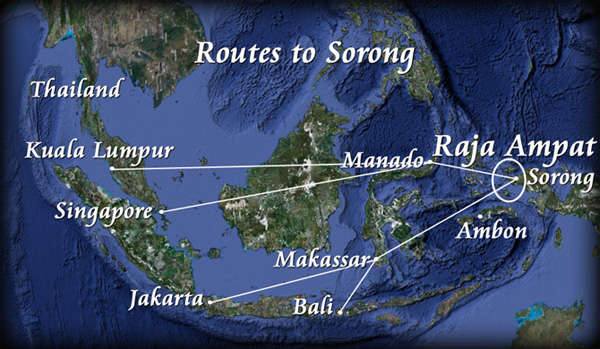
From Jakarta to Sorong with Garuda air is an over night flight leaving around midnight arriving in the morning perfect for a pick up by your liveaboard crew at the airport arouind 7am.
The downside of this is that you may be awake most of the night before your board the liveaboard depending on if you sleep on flights but most boats cruise only on the first day so you can catch up on your sleep during the embarkation day.
Garuda currenlty also offers a 23K sports bag allowance which includes diving equipment on top of the usual 20 Kilos and bearing in mind it is also Indonesia's most reliable airline this is the one we recommend.
Flights from Bali to Sorong are not quite so simple and can be done in one day but you will need a stop over on the way or to spend a night in Sorong before the trip as the flights arrive too late in the day to join a Liveaboard the same day if you do it in one day from Bali to Sorong.
BUT as of November 24th 2023, Garuda Indonesia serves a non-stop flight from Bali (DPS) to Sorong (SOQ), operating every Friday and Sunday.
DENPASAR - SORONG Garuda Indonesia GA686 etd 02:15 eta 06:20 (this flight is only on Fridays and Sundays)
On days other than Friday and Sunday you will need to fly from DPS (Bali) to UPG (Makassar) the day before your liveaboard and stay over night in Makassar in a hotel or guesthouse and then continue on with the UPG (Makassar) to SOQ (Sorong) flight early the following morning, arriving the day of your liveaboard departure early enough to go straight onto the boat and this ends up being perfect timing to be picked up on your arrival in Sorong at the airport to then be taken to the boat around 7-8am.
OR, the other, BETTER, option is going through UPG again but all in the same day and arriving after lunch in Sorong the night before your trip and then spending the night in Sorong before being picked up the next morning for your liveaboard from your hotel.
This is probably the better of the 2 options travelling from Bali if you do not catch the Fri or Sun direct flight as you can get a good nights sleep in Sorong before boarding the boat in the morning rather than having an early start and an early morning flight from Makassar to Sorong.
These flights are all by Garuda airlines.
Please ask us if you need advice on a local flight agent to book the flights for you.
Dive insurance is mandatory but as well as the Mandatory Dive Insurance we HIGHLY recommend Trip and Travel Insurance on the off chance of missed or cancelled flights / lost baggage / documents / money / passport or Covid issues or any other unforeseen problems that could possibly occur.
Dive Assure Insurance offers cover for all these eventualities as well as complete Dive Insurance all in one package.
It is also possible to come throught Kuala Lumpur (KUL) in Malaysia or Singapore to Denpasar (DPS) in Bali or Jakarta (JKT) with many airlines and then join one of the above 2 options above to get to Sorong.
Please note: Flight times may vary and should always be double checked.
1. The World-renowned diving, Raja Ampat is one of the best diving destinations in the world, with over 1,500 species of fish and 600 species of vibrantly coloured coral.
2. The Unspoiled and pristine environment, The region is relatively untouched and unspoiled, offering a unique opportunity to experience the beauty of nature in its rawest form.
3. The variety of dive sites, Raja Ampat offers a variety of dive sites, including muck diving, wall diving, drift diving and pinnacles.
4. The vibrant marine life, The region is home to a diverse range of marine life, including Manta Rays, The rare Walking Sharks, Turtles, Stunning Macro life and masses of schooling fish.
5. The crystal-clear waters, The waters in Raja Ampat are incredibly clear, making it perfect for underwater photography and videography.
6. The stunning scenery, The scenery above the water is just as breathtaking as below, with towering limestone cliffs, secluded beaches, and lush rainforests.
7. The cultural experience, Raja Ampat is home to various local communities and offers the chance to experience traditional Papuan culture, an experience never to be forgotten.
8. It's remote and secluded, Raja Ampat is located in a remote part of Indonesia, offering an escape from the hustle and bustle of modern life, it's literally the end of the World.
9. It's perfect for all levels of divers, Raja Ampat offers dive sites suitable for both novice and experienced divers.
10. and for Liveaboard diving, Raja Ampat is huge, a Liveaboard trip in Raja Ampat is the best way to experience everything the region has to offer in comfort and style, including access to remote dive sites and stunning scenery that most land based operations can't get to.
Raja Ampat is a breathtaking archipelago located in the westernmost part of Indonesia's Papua province and home to one of the most biodiverse marine environments on the planet famous for it's stunning reefs, macro life and close up Manta rays encounters, situated at the end of the earth it is considered one of the best dive spots in the world due to it's remoteness and untouched reefs.
The scenery in Raja Ampat is nothing short of spectacular and the park is divided into three distinct areas: North, Central, and South.
In the North, Raja Ampat is characterized by dramatic karst limestone islands and stunning lagoons, with notable islands such as Waigeo, Kawe, and Wayag.
Divers here are treated to pristine and colorful coral gardens with excellent visibility.
The marine life in this region includes large pelagic species like manta rays and sharks, alongside a variety of smaller critters and vibrant reef fish.
The iconic Wayag Islands, with their breathtaking panoramic views and crystal-clear waters, are a must-visit for those seeking both underwater and above-water beauty.
Moving to Central Raja Ampat, the landscape transforms into a mix of small islands, bays, and channels.
This area is renowned for having some of the highest marine biodiversity in the world. Rich in both hard and soft corals, the central region teems with marine life.
Divers frequently encounter wobbegong sharks, pygmy seahorses, and vast schools of fish, with manta rays also making regular appearances.
Popular dive sites such as Cape Kri, Blue Magic, and Manta Sandy draw divers from around the globe, eager to experience the vibrant underwater life.
The South of Raja Ampat, featuring islands like Misool and its surrounding smaller islands, offers a different yet equally captivating diving experience.
This region is known for its exceptional soft coral gardens that display vibrant colors.
The marine life here is rich in macro creatures, including nudibranchs and small crustaceans, while large pelagics like reef sharks and manta rays add to the excitement.
The Misool Marine Reserve, with its protected areas, boasts some of the best dive sites such as Boo Windows and Magic Mountain, providing unforgettable underwater adventures.
In summary,
North Raja Ampat is celebrated for its dramatic landscapes and large pelagic encounters,
Central Raja Ampat stands out with its incredible biodiversity and iconic dive sites, and
South Raja Ampat is famous for its colorful soft corals and macro diving opportunities.
Each area offers a unique and unforgettable diving experience, catering to the diverse interests and preferences of divers from around the world.
The archipelago is made up of over 1,500 small islands, many of which are covered in lush green forests that rise out of the turquoise waters.
The beaches are pristine and quiet, and the clear blue skies are the perfect backdrop for watching stunning sunsets.
One of the best ways to experience the beauty of Raja Ampat is to take a liveaboard diving trip.
A Liveaboard allows you to explore a variety of dive sites around the whole archipelago, you can also take kayaking or paddleboarding trips around the lagoons, beaches and caves to experience the beauty from a different perspective.
In summary, Raja Ampat is an extraordinary destination that offers breathtaking scenery and an unrivaled marine environment.
It's the perfect place to relax, disconnect, and immerse yourself in the natural beauty of the world.
If you are looking for a truly unforgettable experience, you should definitely consider adding Raja Ampat to your travel bucket list.
Our liveaboards offer you the best experience possible and are for people enthusiastic or serious about their diving but also gladly welcome snorkellers and non-divers who will have their own separate itinerary.
Latest Indonesian Travel Information
Updated 20 Aug 25
This information is for guests arriving internationally and travelling in Indonesia.
Starting July 24, 2025, Indonesia began streamlining its international arrival process with a new system called “All Indonesia” (Integrated Arrival Card).
What it is:
A single online form that combines three processes — the Arrival Card, Electronic Customs Declaration, and Health Declaration — into one QR code, reducing processing time at the airport.
How it works:
Access the form via: https://allindonesia.imigrasi.go.id/
Fill in personal details, passport information, flight details, address in Indonesia, and answer health/customs-related questions.
Submit the completed form to generate a QR code.
Save this code by taking a screenshot or clear photo, as it must be presented upon arrival.
Validity window:
The generated QR code is valid for a maximum of 72 hours.
Once expired, you must complete a new form.
Current status:
The new system is currently implemented only at Soekarno–Hatta International Airport (Jakarta) and Ngurah Rai International Airport (Bali).
Note:
At present, both the “All Indonesia” system and the old system are in use at Jakarta and Bali airports.
Other international airports only accept the old system (separate Arrival Card, Electronic Customs Declaration, and Health Declaration).
It is expected that “All Indonesia” will eventually replace the old system at all international airports.
You will also need to purchase a VOA (Visa on Arrival) when arriving in Indonesia or have a B211A visa arranged in advance or if you are from selected ASEAN countries there is now a Visa exemption for you. (You do not need a visa),
The cost of the VOA is IDR 500.000 per person (Approx US$35 paid on arrival at immigration or online in advance) and lasts 30 days.
Although you can now apply and receive your E-VOA before you arrive and this has a dedicated immigration line and could save you a lot of time and lining up at the airport BUT only apply 3 months or less before you travel as after 3 months the application expires, the 30 days on the visa starts when you get your passport stamped upon arrival in Indonesia.
You will be applying for a B1- Tourism (Visa on arrival), once you have applied it starts when you arrive at immigration and have your passport stamped by the immigration officials and your bar code scanned.
Dive insurance is mandatory as is your own personal dive computer (You can rent one for the trip if you do not have your own).
I would recommend Dive Assist for your insurance for the trip as it covers all the necessary things and is very reasonably priced and you can choose the time period you need to be covered for and not have to pay for the whole year.
As well as the Mandatory Dive Insurance we highly recommend Trip and Travel Insurance on the off chance of missed or cancelled flights / lost baggage, documents, money or passport / Covid issues or any other unforeseen problems that could possibly occur.
Dive Assure Insurance offers cover for all these eventualities as well as complete Dive Insurance all in one package
Please Email Us if you have any questions and we will be happy to help you.
Are these trips suitable for Non-divers / Snorkellers
Most of our liveaboards are for divers but also welcome snorkellers and non-divers who will have their own separate itinerary and will not feel left out.
Generally speaking when the divers go diving the snorkellers will go also and snorkel the same dive site dependant on the conditions and the dive site.
If this is not possible due to currents or it being in open water for instance or the cruise director considers it not ideal then you would normally be taken to the nearest beautiful reef and snorkel there under the supervision of the dinghy driver.
Please note: Every boat is different so please ask about which boats are better suited to snorkellers.
Dependant on the boat there are also a multitude of other on-board activities to enjoy and potentially kayaking or paddle boarding and more, if you would like to know more just drop us an E-mail or live chat and we can let you know more on each boat what would suit you best.
There are also some dedicated Non-divers Liveaboards for snorkellers only that offer Adventure trips in places like Raja Ampat and Komodo, like Bajau Liveaboard and Bugis Liveaboard, these trips are for snorkellers / non-divers only, and include Kayaking and Stand up paddle boarding, hikes to viewpoints and places of interest and discovering deserted beaches and many other exciting things, all with a generally more relaxed approach to the trip.
There is also Katharina Liveaboard and her sister ship Ombak Putih Liveaboard that offer luxury Adventure discovery trips for non-divers only around Indonesia also, visiting local tribes and cultures and many other interesting things so you really get a feel for the area you are travelling through.
Frequently asked questions about Indonesia
Please note these are generic FAQs about Indonesia in general and not always boat specific.
If you are unsure about something please ask us to get confirmation.
What documents will I need to show on the boat?
Dive certification cards and dive logbook.
What money will I need?
Most boats accepts payment by Visa or Mastercard, Indonesian Rupiah, Euro or US Dollar. Please be advised that foreign notes should be clean, new and crisp. Indonesian banks and money changers will not accept old notes or notes which are damaged in any way. You can also use your credit or debit card at ATM machines in towns prior to boarding the boat to withdraw Rupiah, which is better should you wish to purchase local souvenirs or for tips. It is advisable to inform your bank or credit card company that you will be visiting Indonesia prior to your departure, as it is not uncommon for the bank to put a block on the card if they suspect it has been misappropriated.
Will there be any opportunities to go ashore during the cruise?
There are many different land excursions which are dependent on the schedule and guest preferences. Some land excursions available are beach visits, village visit and other treks dependant on the area, weather and local conditions.
What if I am prone to sea sickness?
If you are prone to sea sickness we strongly urge you to bring some motion sickness medication.
What is the voltage on the boat?
Voltage in Indonesia is 220-240 V.
If you feel you will need an adaptor please bring one.
What time zone is Indonesia located?
Komodo, Flores, Derawan and Sangalaki, Kaimantan and Sulawesi are 8 hours ahead of GMT. Raja Ampat is covered by Eastern Indonesia Standard Time which is 9 hours ahead of GMT.
Is smoking permitted?
Most boats provide a designated area on the boat is available for smoking.
Smoking is not permitted in any other area for any reason.
What about crew gratuities?
Gratuities for the crew are not included in your trip price. If the crew performs to your expectations, we suggest a gratuity of approximately 5-10% of the published package price per person be considered normal aboard a liveaboard dive boat.
All tips are generally split equally among the boat crew. Personal tipping is frowned upon. Payment of gratuities can be by cash or credit card.
Diving Information
Do I need Dive insurance?
Dive insurance is mandatory as is your own personal dive computer (You can rent one for the trip if you do not have your own).
As well as the Mandatory Dive insurance we highly recommend trip cancellation and travel insurance on the off chance of cancelled flights / lost baggage / Covid issues or other unforeseen problems that hopefully will not occur.
Dive Assure Insurance offers covers for all these eventualities as well as complete Dive insurance all in one package.
Are there any limitations or restrictions on the diving?
You should stay within the limits and standards of your qualifying agency.
All dives should be no- decompression dives. Solo diving is not permitted.
What dive equipment do I need?
Tanks, weights and weight belts are provided onboard. Divers will need to bring BCD, regulator, wetsuit,fins, mask, snorkel and dive light.
Rental equipment is available and will need to be ordered in advance.
What can I expect the water temperature to be and what wetsuit do you recommend?
This is always a difficult question to answer because people have different reactions to temperature.
Typically temperatures range from 25-30C or 80-86F so usually a 3mm suit or even a skin is fine.
The southern waters of Komodo can be colder with 20-25C or 70-75F so a 5mm suit with a hood is recommended.
How do we dive from the boat?
All dives will be made from the tenders. Equipment will be transferred to the tenders and guests will board the tender with only their wetsuit on.
Can I drink alcohol and dive?
No. Drinking alcohol and diving can increase your risk of decompression problems.
You can drink alcohol once your have completed your last dive of the day.
Can I pay by Credit card on board?
For most things yes you can but there is a bank charge of 3%, normal in Indonesia. Please check with us beforehand about this.
Climate:
The average air temperature in the regions you will visit ranges from 25 - 35 Celsius or 77-90 Fahrenheit.
Health and innoculations:
Vaccinations for typhoid, paratyphoid, tetanus, Cholera, Polio, and Hepatitis A are recommended but not mandatory.
Malaria is endemic in many parts of Indonesia, please check with your local Tropical Disease Centre for anti-malaria/diver friendly medication.
Money:
The Indonesian currency is Rupiah. Rates fluctuate enormously, please check with our cruise directors for your cruise exchange rates.
Population and people:
Regarded as the fifth most populous nation in the world, there are approximately 200,000,000 in Indonesia. The majority, around 60% reside on the island of Java.
Religion:
An amazing diversity of religions exists. Predominantly a Muslim nation, islands like Timor, North Sulawesi and Flores are Christian.
Hinduism is found mainly in Bali.
Scattered throughout the region are a variety of other beliefs.
Language:
Bahasa Indonesia, almost identical to Malay is the one national language.
Several local dialects exist in each region as well. English is widely spoken in the more popular tourist destinations such as Bali.
Diving Indonesia
Out of 14,000+ islands in the archipelago, there are a plethora of exclusive dive locations in Indonesia, boasting up to 80% of the worlds species of undersea life. With Indocruises we take you to pristine spots not that known in your average dive travel guide and which are still being explored.
Dive conditions in Indonesia
Diving all year around is possible.
Water temperature 24°(75°F) to 30°C(86°F) (In the south of Komodo it can drop down to 21-23°C (70-75°F)
Visibility is mostly very good (up to 30m)
Safety Procedures and Emergency Evacuation Information:
There are 6 recompression chambers in Indonesia to treat decompression sickness
Bali: Sanglah General Hospital (in Indonesian language) USUP Sanglah Denpasar JI. Diponegoro, Denpasar 80114 Bali, Indonesia Phone 62-361-227911 through -15 ext. 232 (hyperbaric medical department) Fax 62-361-22426 Run by Dr. Antonius Natasamudra and Dr. Etty Herawati
Manado (Sulawesi): At the Malalayang Hospital (chamber for 3 to 4 persons) Phone: 0811430913 and ask for Dr Jimmy Waleleng (Phone home 860953).
Makassar (Sulawesi): Rumah Sakit Umum Wahidin Sudirohusodo. Contact person: Pak Daniel Address: Jl. Perintis Kemerdekaan Km. 11, Tamalanrea Kampus UNHAS Indonesia TEL:++ 62 - 0411 (584677) , 584675. Said to be for 3 to 4 persons.
Jakarta (Java): Rumah Sakit Angkatan Laut (Navy Hospital) in Jl. Bendungan Hilir No.17, Central Jakarta (see text in italian with some addresses - list of help)
Kalimantan: The Borneo Divers have the only professional recompression chamber located on Sipadan island (Borneo - Malaysia)
Surabaya (Java): Rumah Sakit Angkatan Laut (RSAL) (Military Marine hospital) Jl. Gadung no. 1, SurabayPhone 031-45750 and 41731 (another number given was 031-838153 and fax 031- 837511) Run by Dr Suharsono
Available SAR (search and rescue) contact information:
- SAR Bali : ph 0361 - 751111 Radio : 13545.0
- SAR Lombok : Ph 0370 - 633253 Radio : 13545.0
- SAR Makassar : Ph 0411 - 554111 Radio : 13545.0
- SAR Manado : Ph 0431 - 825986
- SAR Kupang : Ph 0380 - 831111
- SAR Ambon : Ph 0911 - 351111
- SAR Sorong : Ph 0951 - 323816
**Available SAR (search and rescue) contact information:
Medivac facilities from Travira Air www.travira-air.com
Maldives diving conditions
The Maldives has a tropical climate with two distinct seasons - a dry season from November/December to April/May, and a wet season from sometime in May to October/November.
Please note the "wet" season is not solid rain 24 hours a day and is mostly showers in the morning and evening with many days being sunny and the diving remains good all year.
Underwater visibility in the Maldives is determined by the tidal movements with incoming and outgoing tides.
Here is how each season effects diving in the Maldives:
Dry Season (November/December to April/May):
This is the peak tourist season in the Maldives, with generally calm seas, warm temperatures, and low humidity.
The dry season is considered the best time to visit for diving, as the water is clear and the visibility is excellent.
The chance to see larger pelagic species such as whale sharks and manta rays is also higher during this season.
However, as this is the peak season, prices for liveaboards and resorts tend to be higher.
Wet Season (May to October/November):
The wet season in the Maldives is characterized by more rain, higher humidity, and slightly rougher seas.
However, the water temperature remains warm, and the diving can still be excellent, especially in the southern atolls.
During this season, there may be fewer tourists, and liveaboard and resort prices can be more affordable.
The wet season is also a great time for macro diving, with an abundance of smaller critters like nudibranchs and seahorses although the big pelagics are still around but due to the visibility being lower (15-30M) they are not as easy to see.
In terms of the best time to go to the Maldives,
it ultimately depends on your preferences and priorities.
If you prioritize excellent visibility and the chance to see larger pelagic species, then the dry season from December to April may be the best time to go, despite the higher prices.
However, if you are more budget-conscious and don't mind less visiblity, although it is still 15-30M (50-100 feet), then the wet season from May to November may be a better option for you.
As for prices,
liveaboard prices can vary widely depending on the time of year and the level of luxury you are looking for.
In general, liveaboards tend to be more affordable during the wet season and can be a great deal during the shoulder seasons (May to June and September to November).
The air temperature varies little with an annual average of 30C (90F) and minimum of 26C (80F), while the water temperature ranges from 26C (80F) to 30C (86F).
Please note: A lot of Liveaboard prices can be higher during peak periods such as Christmas, New Year's and Chinese New Year.
About Maldives Diving
The Maldives offers the best that diving and snorkelling has to offer, Manta rays are guaranteed on pretty much every trip and there are a myriad of sites where you can see these beautiful creatures of the sea.
One of the highlights of any Maldives safari is the possibility to see one of the gentle giants of the ocean.
Whale sharks are unusually common in the Maldives and are seen nearly year round in some areas and the liveaboard staff will do their utmost to give you this chance encounter of a lifetime.
Diving from a liveaboard in the Maldives is without doubt one of the cheapest and easiest ways to experience the best that the Maldives has to offer and visit and discover more areas and better sites than diving from a land base.
All of our liveaboards will give you the best experience possible dependant on the current conditions on your trip and all our boats are liveaboards for people enthusiastic or serious about their diving but also welcome snorkellers and non-divers who will have their own separate itineraries.
Maldives dive sites
Kudarah Thila
Type of dive: Reef dive
Description: One of the best dive sites for soft coral and fish life.
The marine life here is so abundant, that the divers have named it ‘fish soup’. The thila is in a circular shape and can be covered in a single dive at different depths, if the current is not very strong.
Maaysa Thila
Type of dive: Reef dive / Night dive
Description: The thila is about 80mters in diameter.
The whole thila can be done at different depths in a single dive. There are manycaves and overhangs around the thila. The large rocks on the north eastern side have large black coral trees growing on them. The site is famous for the sharks and a great barracuda which reside here. The site can be dived at any time of the day, each with different activity going on the reef. The best chance to get close to these creatures is at night time, when they are hunting. You will see sharks, barracudas, rays and eels trying to grab a morsel.
Bathala Maaga Kanthila
Type of dive: Drift dive
Description: The northern tip of Magaa reef extends into Bathalaa Kandu and is home to a number of grey reef sharks and white-tip reef sharks. They can be seen patrolling along the reef looking for food.
Maalhos Thila (Blue Curves)
Type of dive: Drift dive / Reef dive
Description: The thila is known for the abundance of soft coral growth on the thila, particularly the blue/violet colored variety that grows on the ceiling of the caves and overhangs, thus the name ‘blue caves’. In addition a large variety of fish life can be observed here.
Rasdhoo Madivaru
Type of dive: Drift dive / Channel dive
Description: The reef on the southern side of Rasdhoo drops vertically to the ocean depths. The site is home to a school of Scalloped Hammerhead sharks (sphyrna lewini). In the early hours of the morning they rise from the deep waters off the atoll into the shallower depths, accessible to divers.
South Male Atoll - some of the more popular dive sites
Guraidhoo Kandu South
Type of dive: Drift dive / channel dive
Description: Since the eastern side of the channel is Open Ocean, large predatory fish can regularly be spotted here. This site is famous for sightings of sharks, schools of eagle rays and the occasional Sail fish and Hammerheads. The best condition to do the dive is when the current is flowing into the Atoll. The dive begins on the outer reef following the current into the atoll. Most of the pelagic species can be observed on the eastern side, where the reef drops off into the deep ocean.
At the end of the dive in the channel, along the reef you can find overhangs with plenty of soft coral growth and small fish.
Kandooma Thila
Type of dive: Drift dive / reef dive
Description: Located in a channel, the reef is subject to strong currents at times. The ocean currents carry lot of nutrients to the reef, supporting an abundance of sea life.
The site is well renowned for the soft coral growth, turtles, diverse fish life and invertebrates found on the reef. At the reef slope you may find sharks and eagle rays.
Embudu Kandu (Express)
Type of dive: Drift dive / channel dive.
Description: Similar to Guraidhoo Kandu, but more sharks are likely to be spotted here.
The currents can be very strong at times. The stronger the current however the better chance of seeing sharks. Under the guidance of an experienced dive guide, the dive can be managed done easily.
The Maldives has a tropical climate with two distinct seasons - a dry season from November/December to April/May, and a wet season from sometime in May to October/November.
Please note the "wet" season is not solid rain 24 hours a day and is mostly showers in the morning and evening with many days being sunny and the diving remains good all year.
Underwater visibility in the Maldives is determined by the tidal movements with incoming and outgoing tides.
Here is how each season effects diving in the Maldives:
Dry Season (November/December to April/May):
This is the peak tourist season in the Maldives, with generally calm seas, warm temperatures, and low humidity.
The dry season is considered the best time to visit for diving, as the water is clear and the visibility is excellent and a lot of boats tend to use this time of year to visit the more Southern atolls where they can't normally get to during the rest of the year due to the sea being calmer. (This normally involves a domestic flight to get to the point of departure or return)
Also, as this is the peak season, the prices for liveaboards tend to be higher.
Wet Season (May to October/November):
The wet season in the Maldives is characterized by slightly more rain, higher humidity, and slightly rougher seas.
However, the water temperature remains warm, and the diving can still be excellent especially around the change of seasons in May and October.
During this season, there may be fewer tourists, and liveaboard and resort prices can be more affordable.
In terms of the best time to go to the Maldives..
it ultimately depends on your preferences and priorities.
If you prioritize excellent visibility and the chance to see larger pelagic species, then the dry season from December to April may be the best time to go, despite the higher prices.
However, if you are more budget-conscious and don't mind less visiblity, although it is still 15-30M (50-100 feet), then the wet season from May to November may be a better option for you.
As for prices..
liveaboard prices can vary widely depending on the time of year and the level of luxury you are looking for.
In general, liveaboards tend to be more affordable during the wet season and can be a great deal during the shoulder seasons (May to June and September to November).
The air temperature varies little with an annual average of 30C (90F) and minimum of 26C (80F), while the water temperature ranges from 26C (80F) to 30C (86F).
Please note: A lot of Liveaboard prices can be higher during peak periods such as Christmas, New Year's and Chinese New Year.
The Maldives is a tropical island nation located in the Indian Ocean, southwest of India and Sri Lanka.
It consists of 26 atolls, which are made up of over 1,000 coral islands.
The capital city of Maldives is Malé, which is located on the southern edge of North Malé Atoll.
The most common and convenient way to get to the Maldives is by air.
There are many international airlines that fly to Maldives' main airport, Velana International Airport (MLE), which is located on the island of Hulhule, near the capital city of Malé.
Some of the major airlines that operate direct flights to Maldives include Emirates, Qatar Airways, Singapore Airlines, Etihad Airways, and British Airways, among others.
Flights from Europe typically take around 6-8 hours, while flights from Asia take around 4-5 hours and from the Americas around 12-16 hours.
In addition to commercial flights, there are also private charter flights available to the Maldives, which can be arranged through a travel agent or private jet charter company.
Once you arrive at Velana International Airport (MLE), you can reach your liveaboard either by a domestic flight or most likely a Dhoni (boat) transfer depending on where your trip is departing from.
Domestic flights usually take around 50 minutes to the Southern Atolls.
Overall, the best way to get to the Maldives is by air, and there are many international airlines that offer flights to the Maldives, making it easy to get there from almost anywhere in the world.
1. The Incredible Marine Life, The Maldives is home to an incredibly diverse range of marine life, from colorful tropical fish and coral reefs to larger pelagic species such as Whale Sharks, Manta Rays, Turtles, masses of schooloing fish and loads of species of sharks.
2. The World-class Diving, The Maldives offers some of the world's best diving, with a variety of dive sites for all skill levels, from shallow lagoons to deep channels and wrecks. You can explore coral gardens, underwater caves, and swim-throughs as well as drift dives that take you along vibrant reefs.
3. The Liveaboard Experience, The Maldives is large, a liveaboard in the Maldives is an unforgettable experience and the best way to enjoy all the atolls allowing you to explore multiple dive sites in different areas and providing you with a comfortable base from which to enjoy the beauty of the Maldives above and below the water with all the comforts of a top resort.
4. The Stunning Scenery, The Maldives is renowned for its beautiful scenery, with crystal-clear waters, white sand beaches, and picturesque islands that are perfect for relaxation and unwinding between dives.
5. The Perfect Climate, The Maldives enjoys a year-round tropical climate, with warm waters and sunny skies that make it an ideal diving destination at any time of the year.
6. The Cultural Immersion, The Maldives has a rich culture and history that you can explore between dives. You can visit local communities, learn about traditional crafts and try local cuisine.
7. The Night Diving, Night diving in the Maldives is an incredible experience, with the chance to see creatures that are only active after dark, such as octopuses, crabs, lobsters and the now famous 100's of nurse sharks.
8. Eco-Friendly Diving, The Maldives is committed to sustainable tourism, and you can participate in eco-friendly diving practices that ensure the protection of the marine environment.
9. All the Water Sports, The Maldives offers a wide range of water sports, including snorkeling, kayaking and stand-up paddleboarding, which allow you to explore the stunning scenery and marine life from a different perspective.
10. The Unforgettable Memories: The Maldives is a truly unique and unforgettable destination, offering the chance to create memories that will last a lifetime, whether it's spotting a Whale Shark for the first time, diving in a beautiful lagoon or watching the sunset from the deck of your liveaboard, you won't regret it.
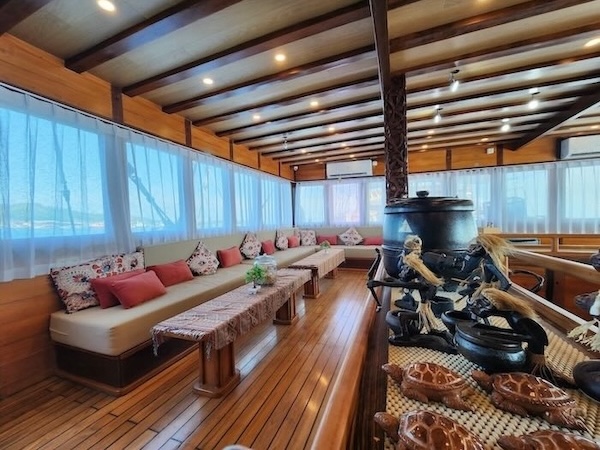

![Dancing Wind]()
![Dancing Wind]()
![Dancing Wind]()
![Dancing Wind]()
![Dancing Wind]()
![Dancing Wind]()
![Dancing Wind]()
![Dancing Wind]()

















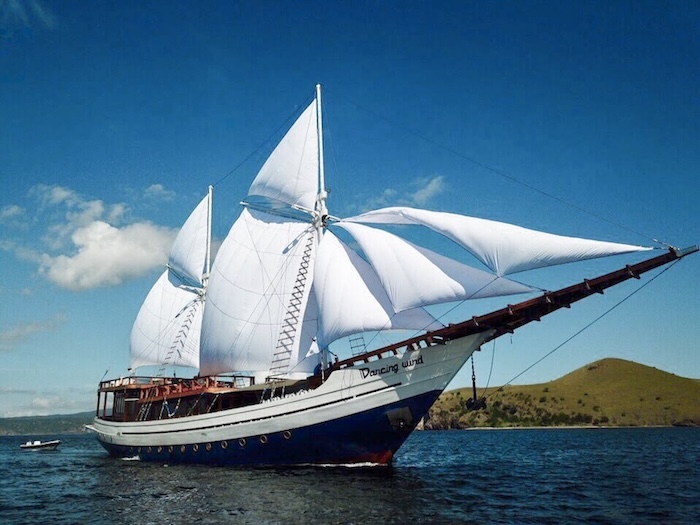
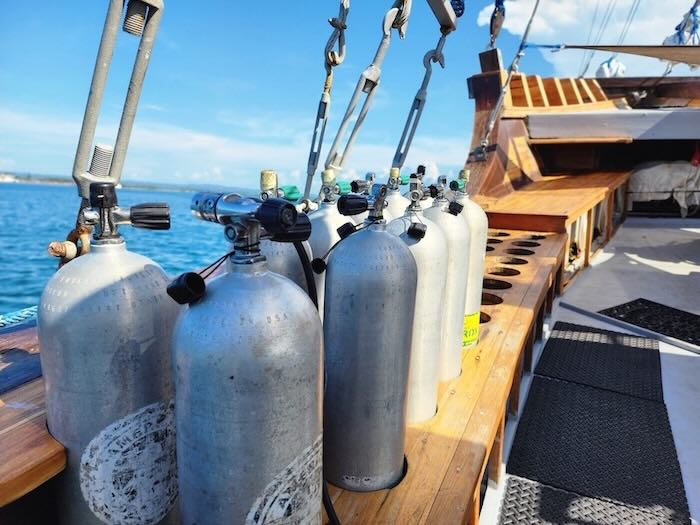
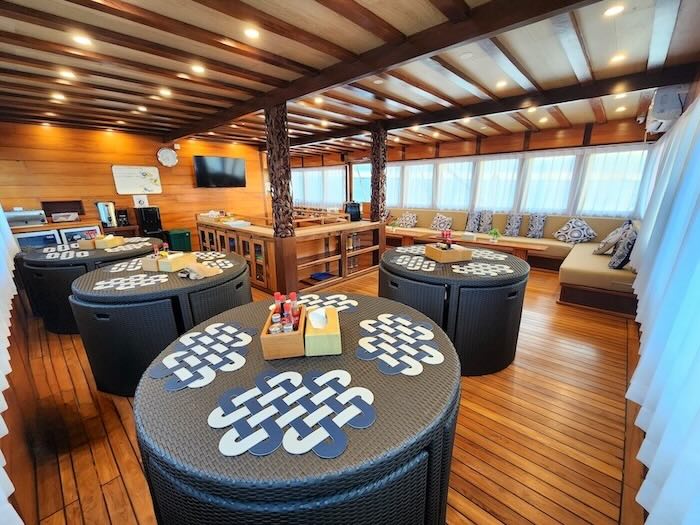
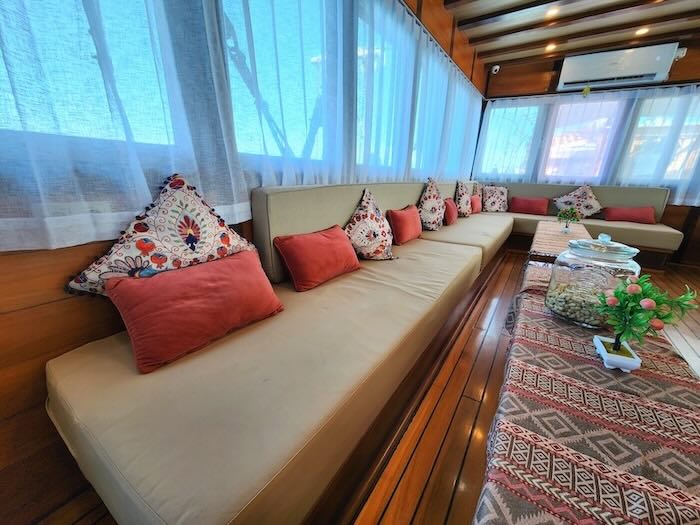

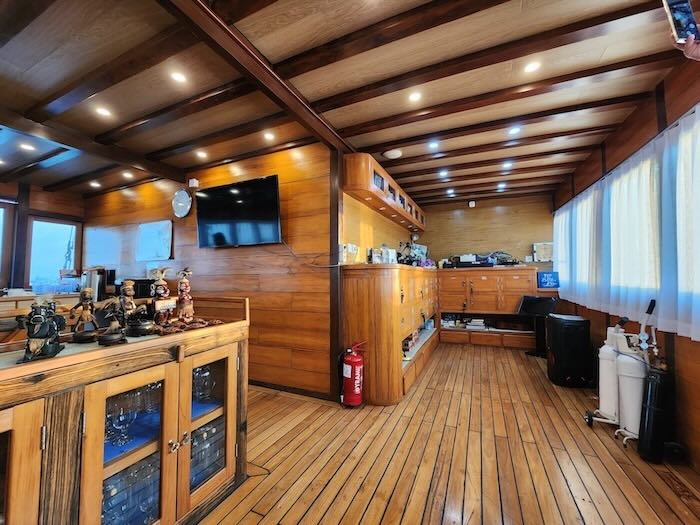

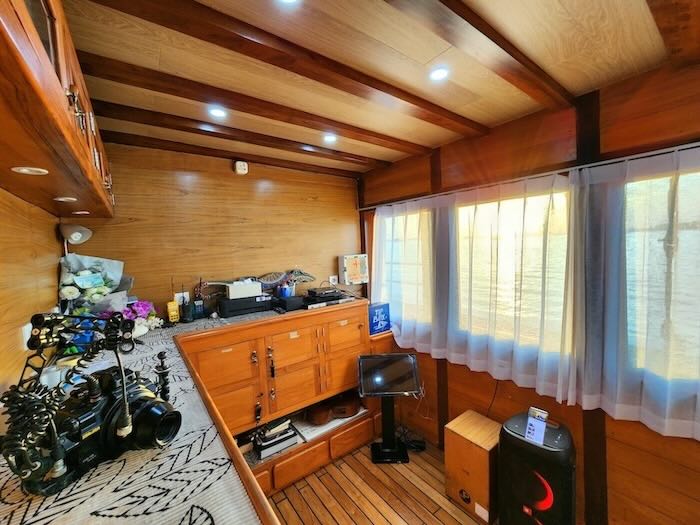
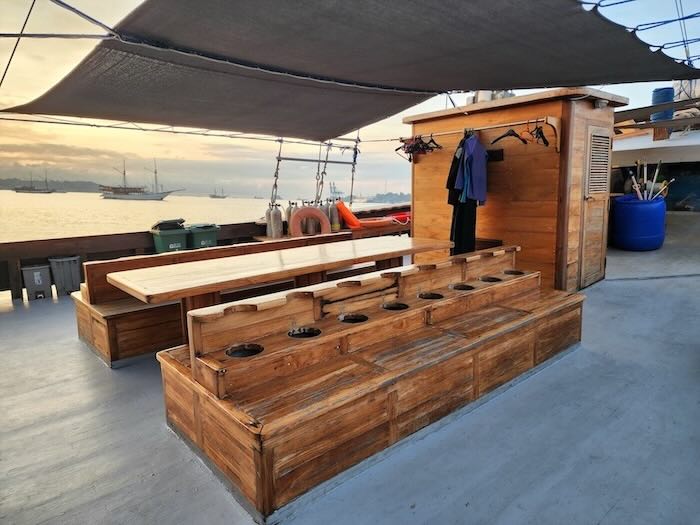
.jpg)
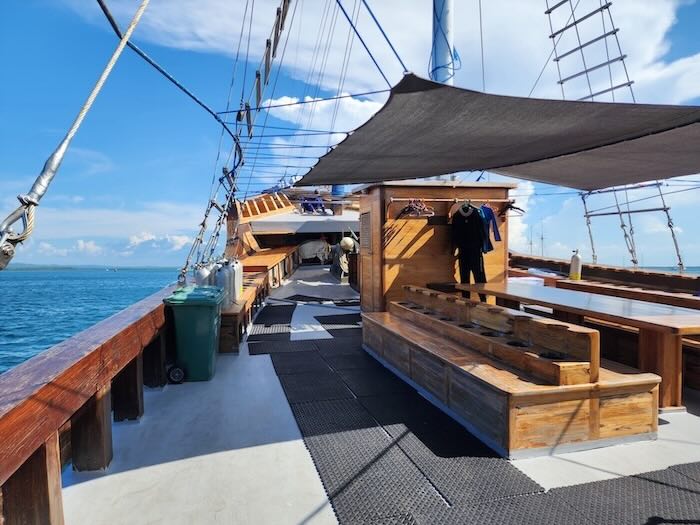


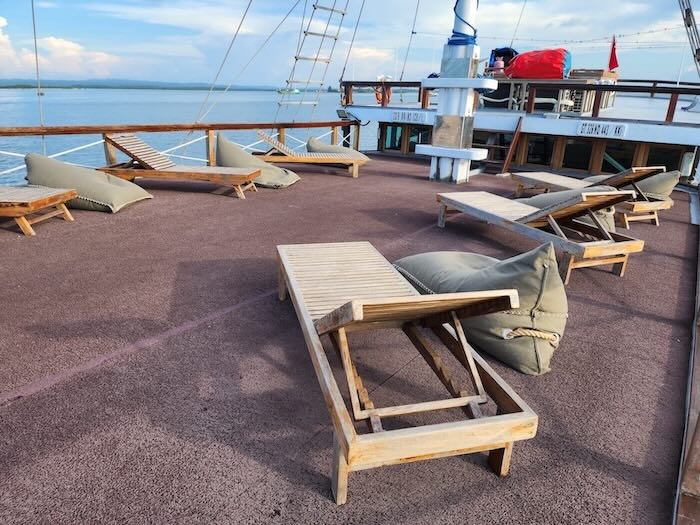
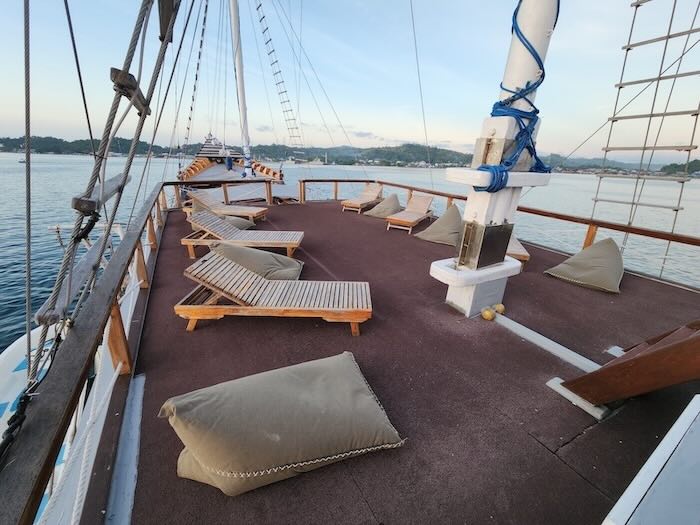
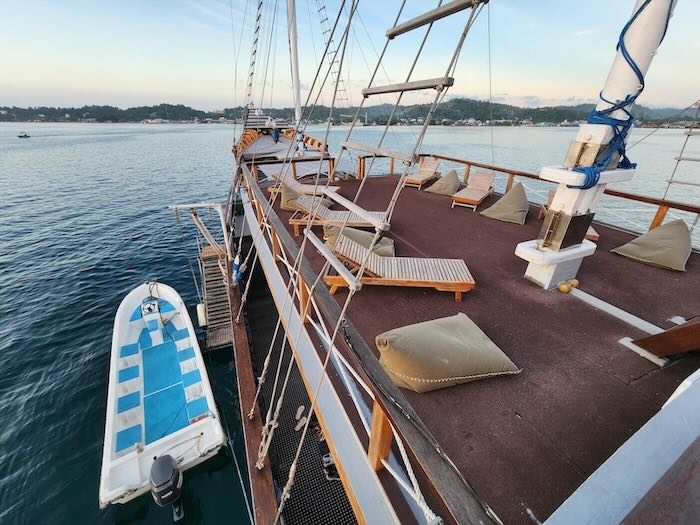


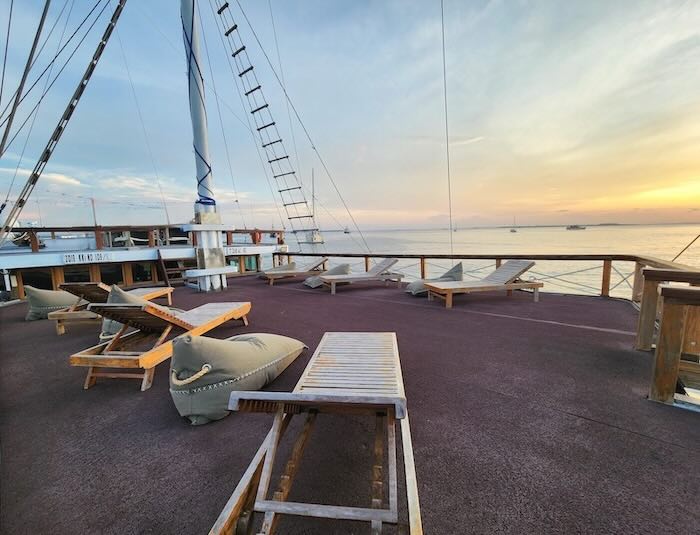
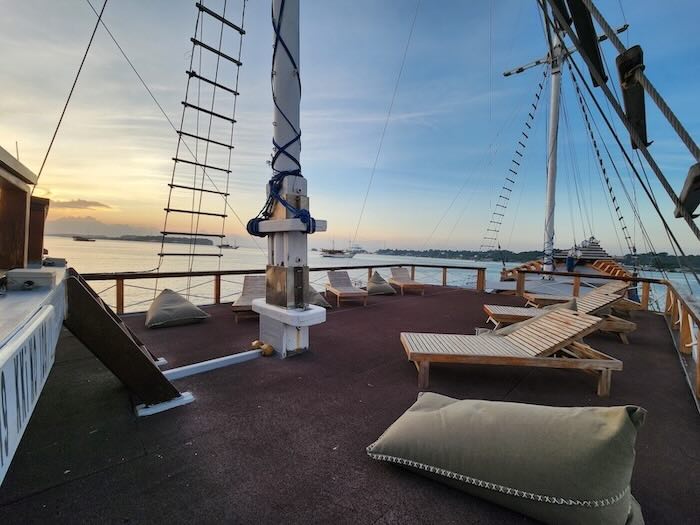
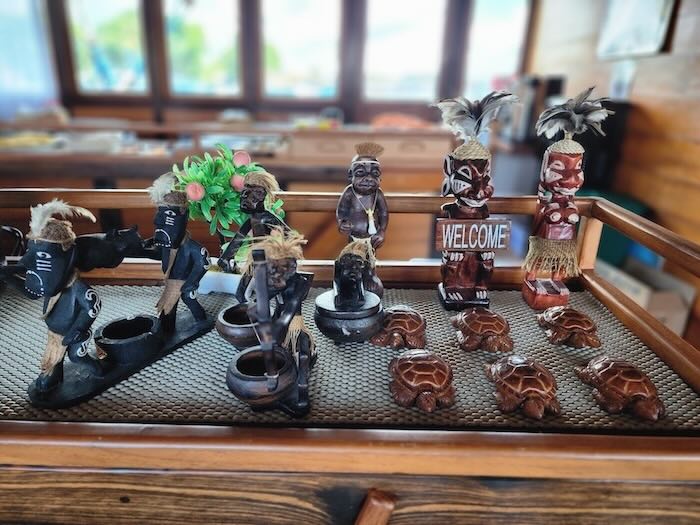
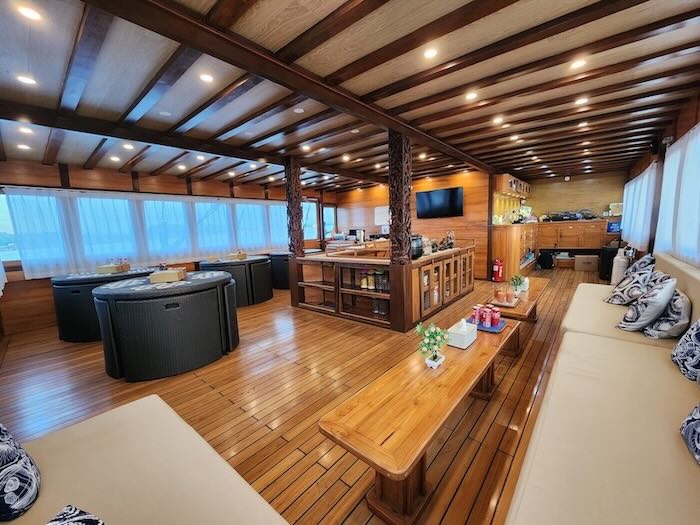


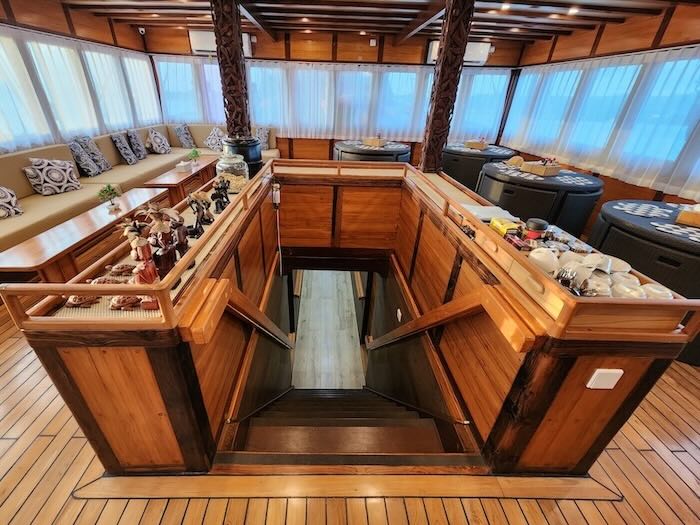
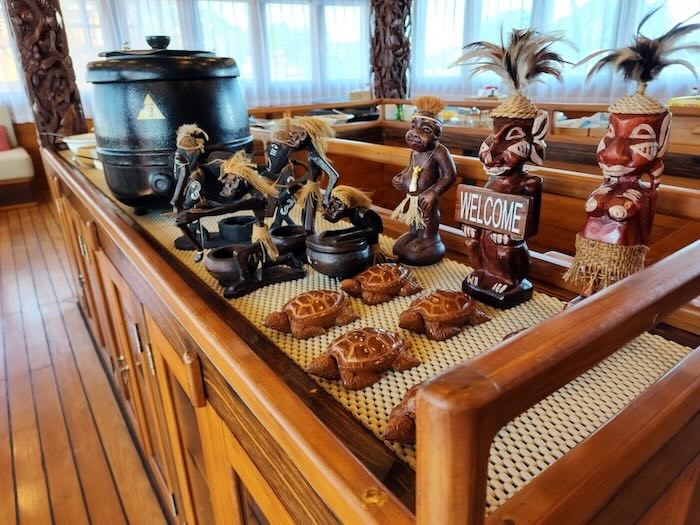
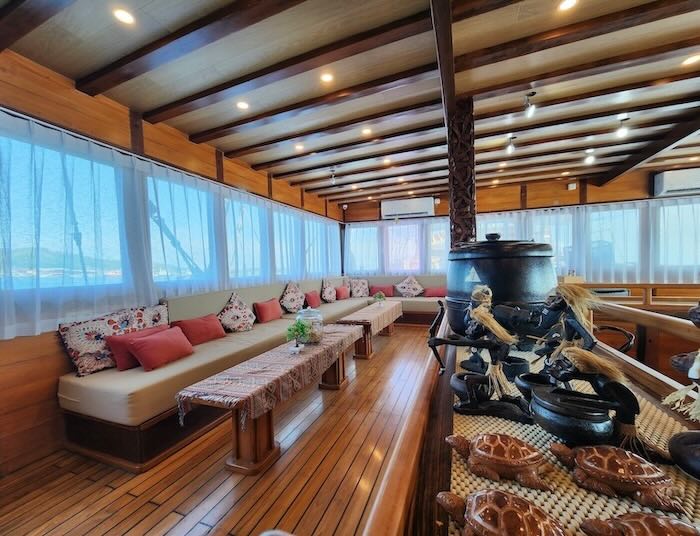

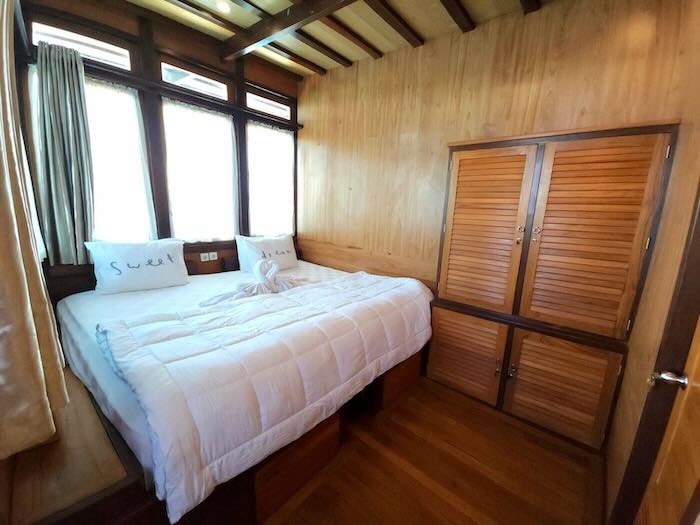
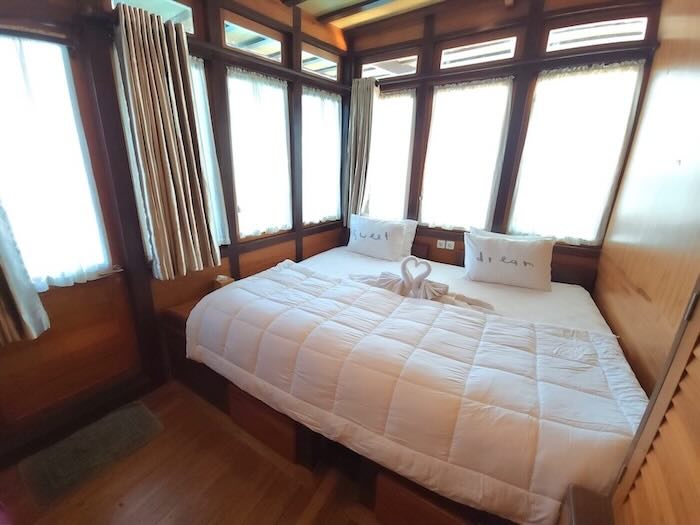
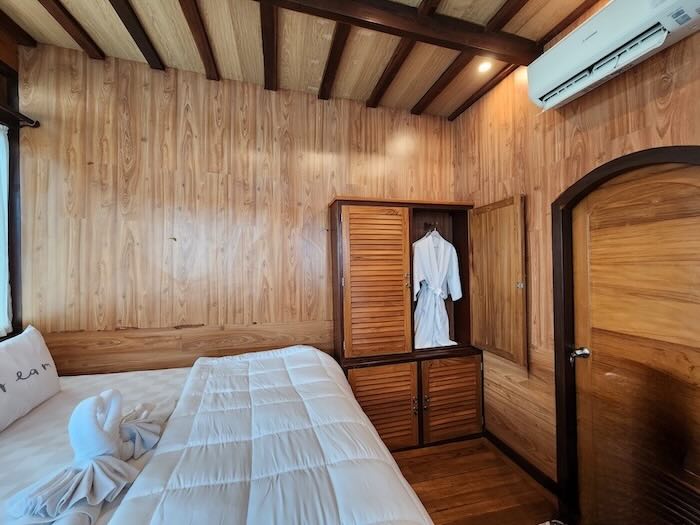
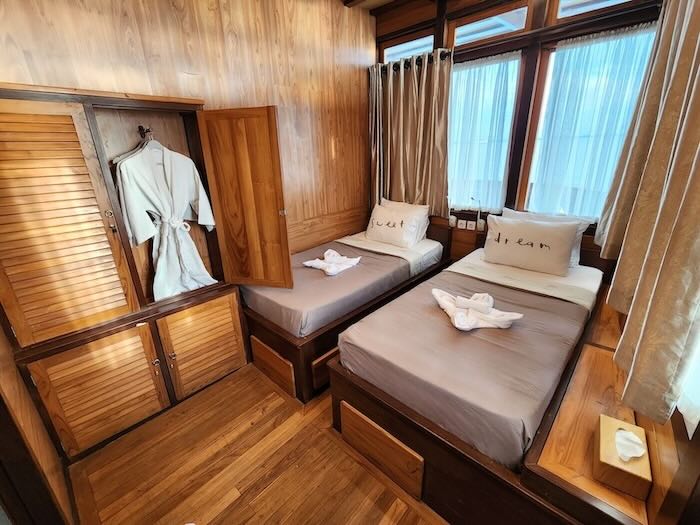
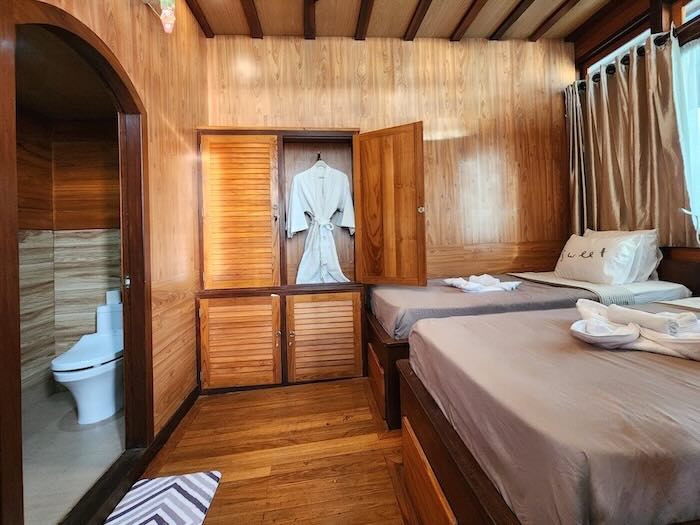
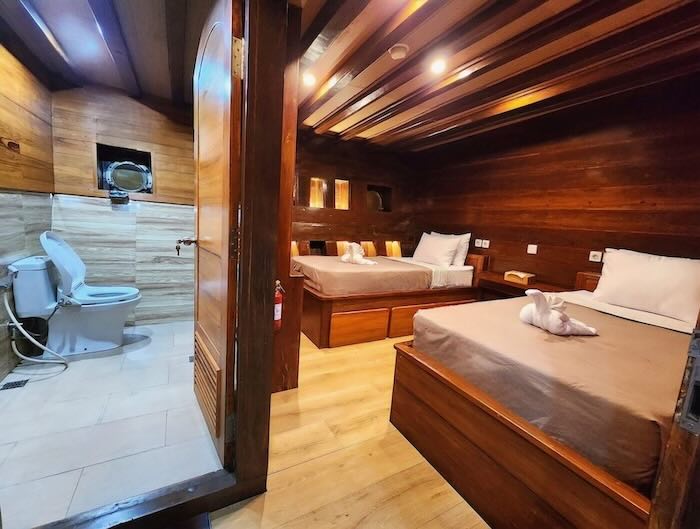
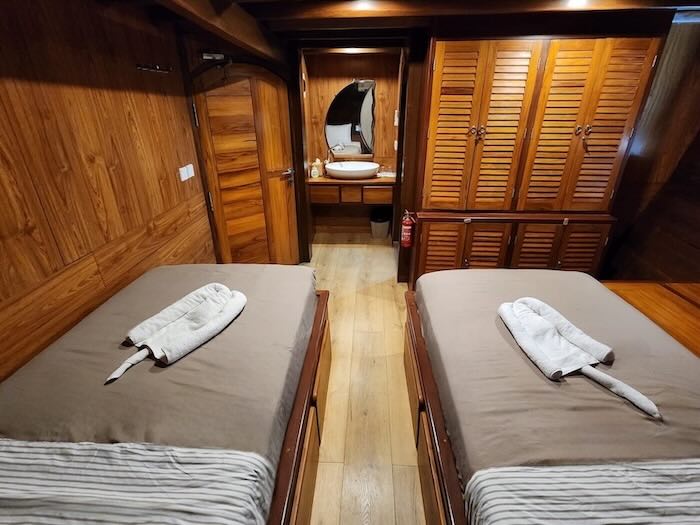
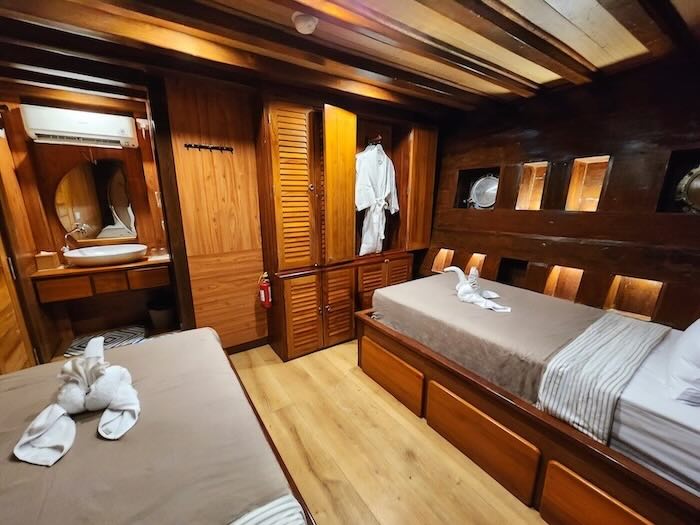
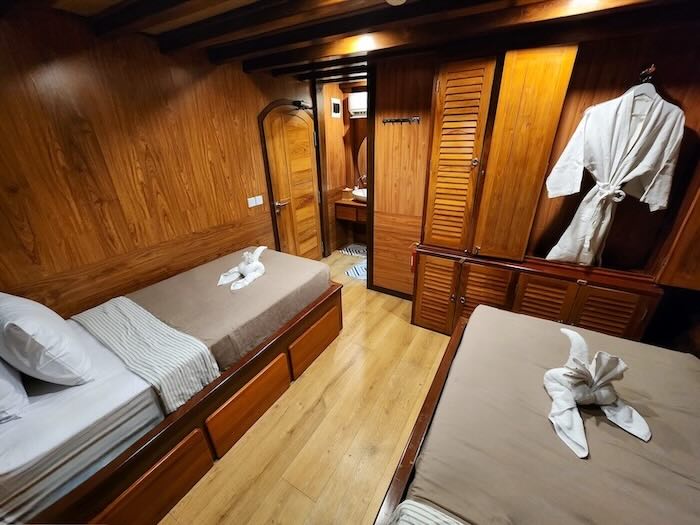
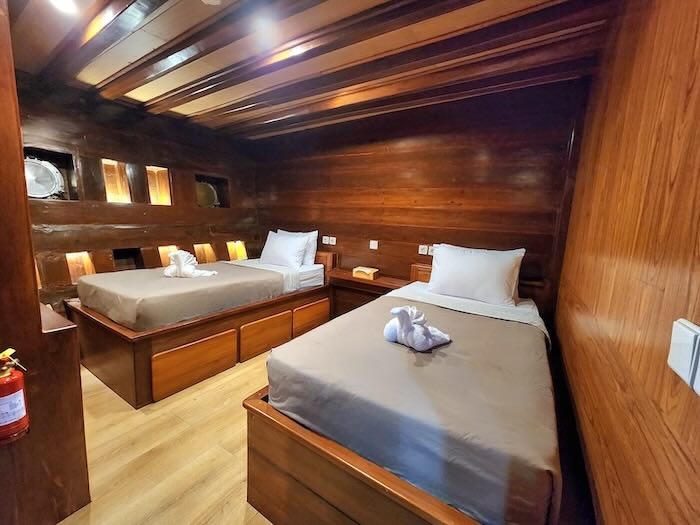
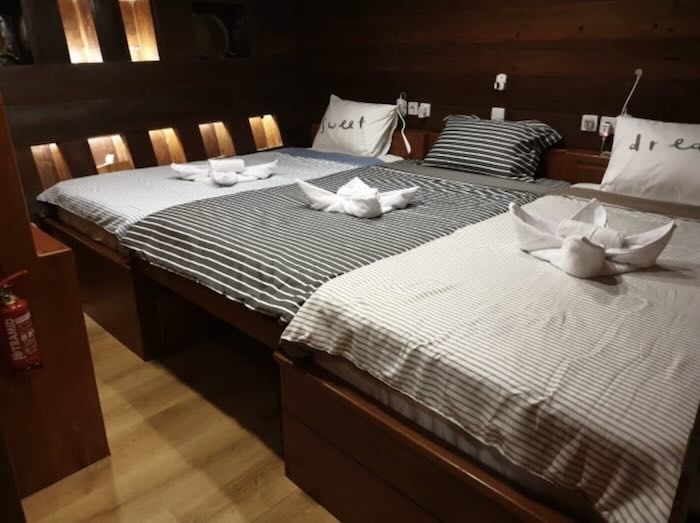
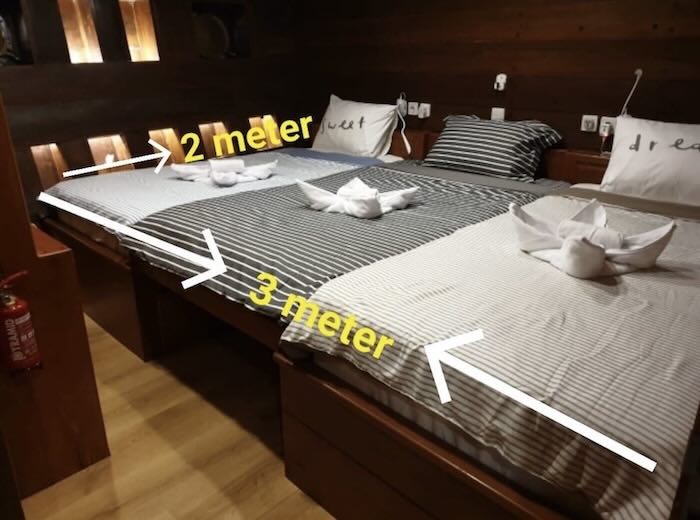
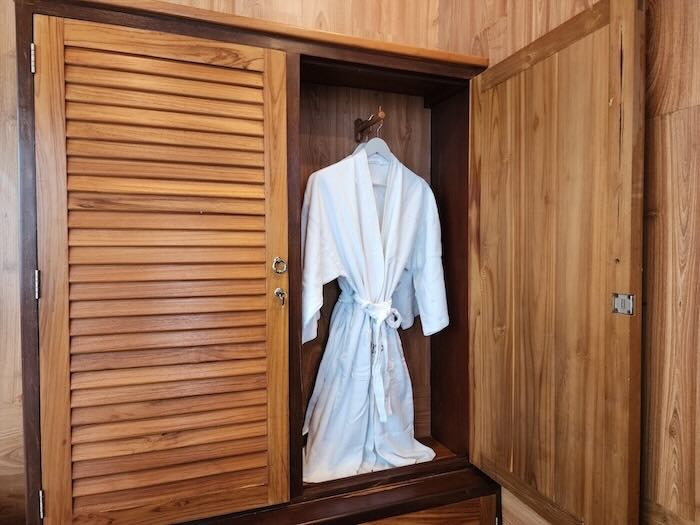
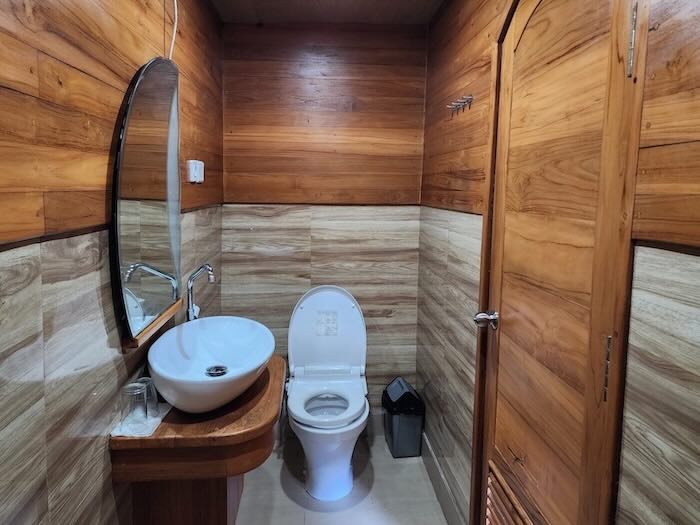
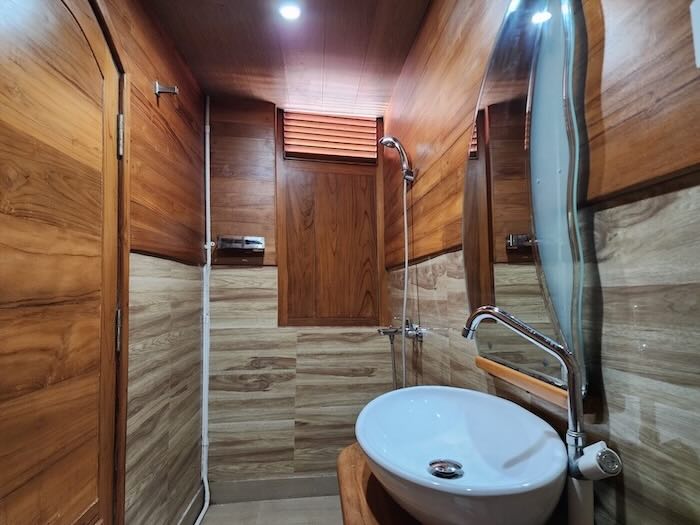








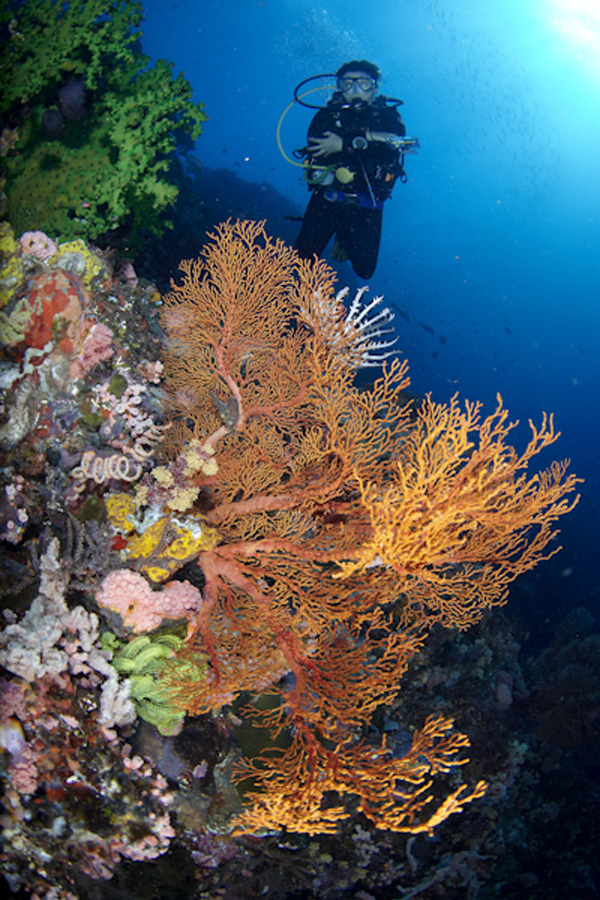
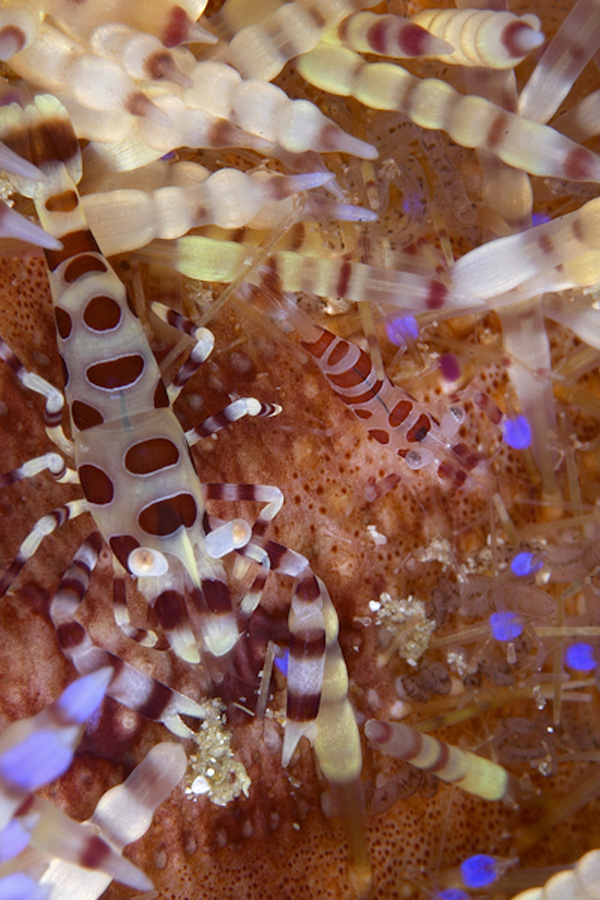
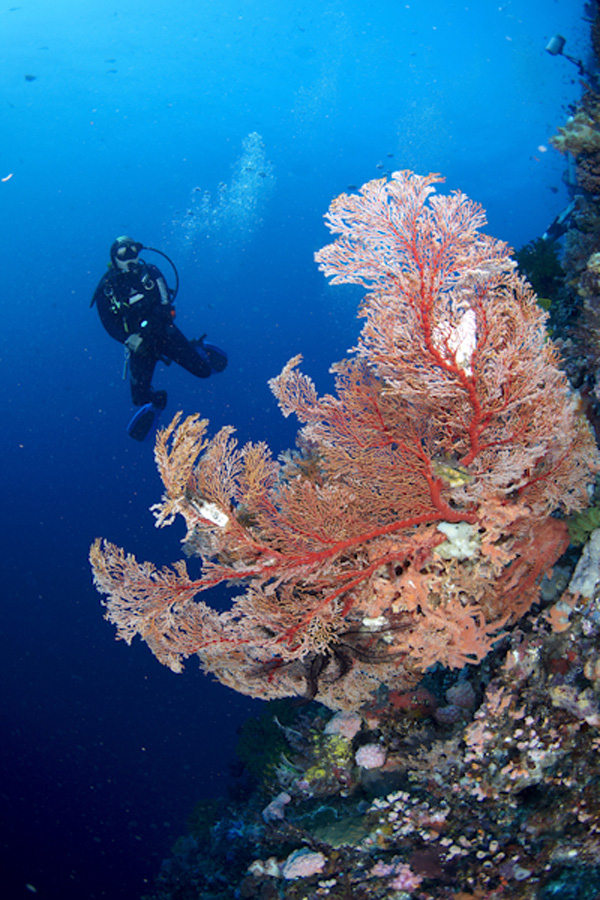

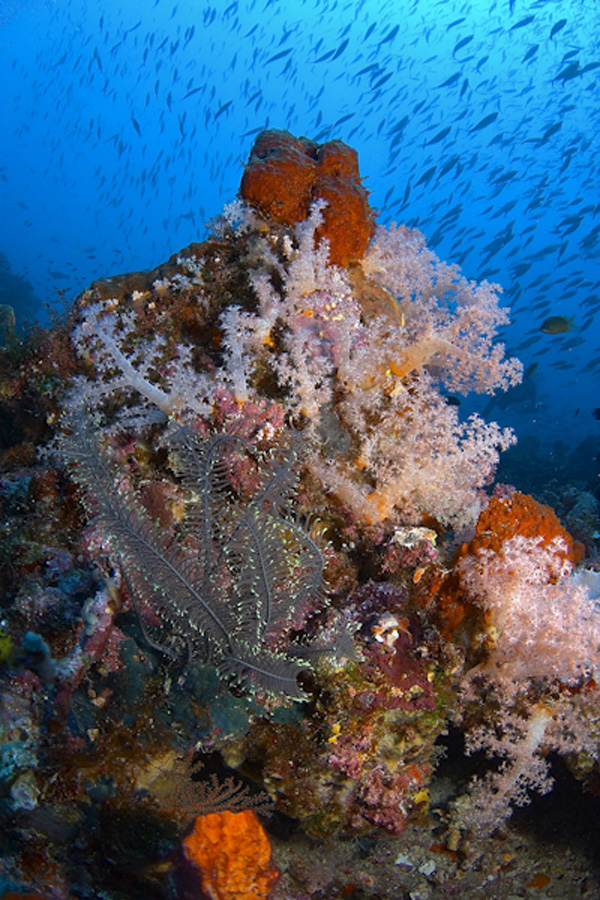
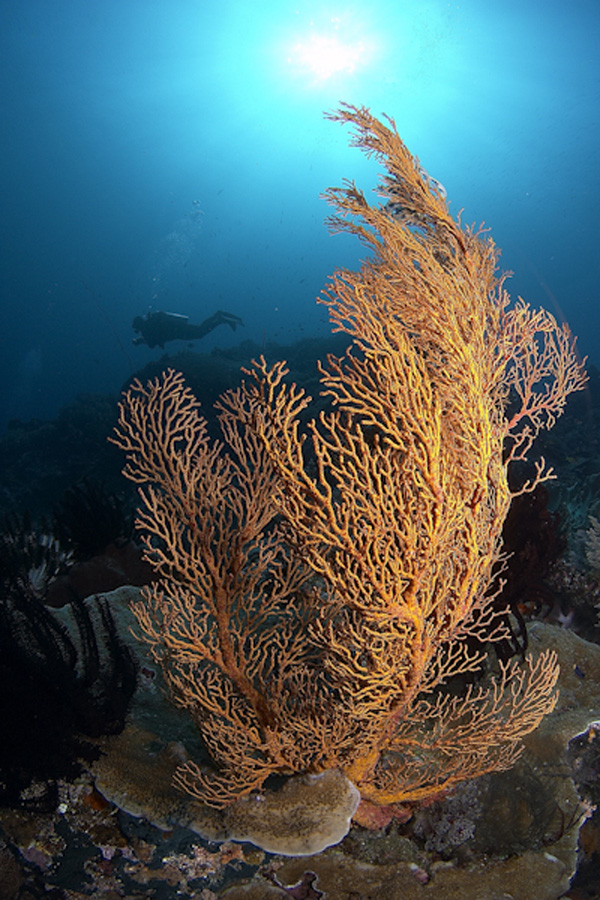
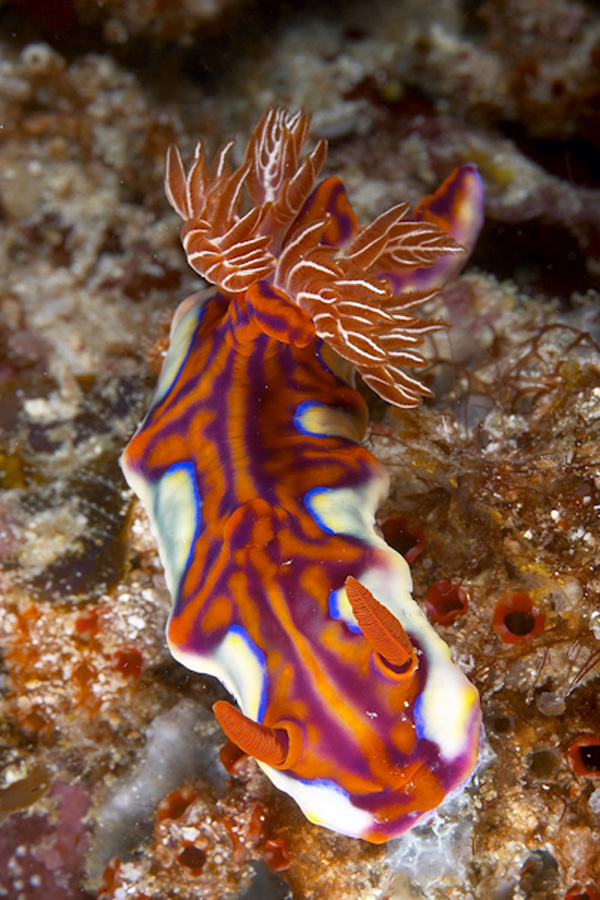
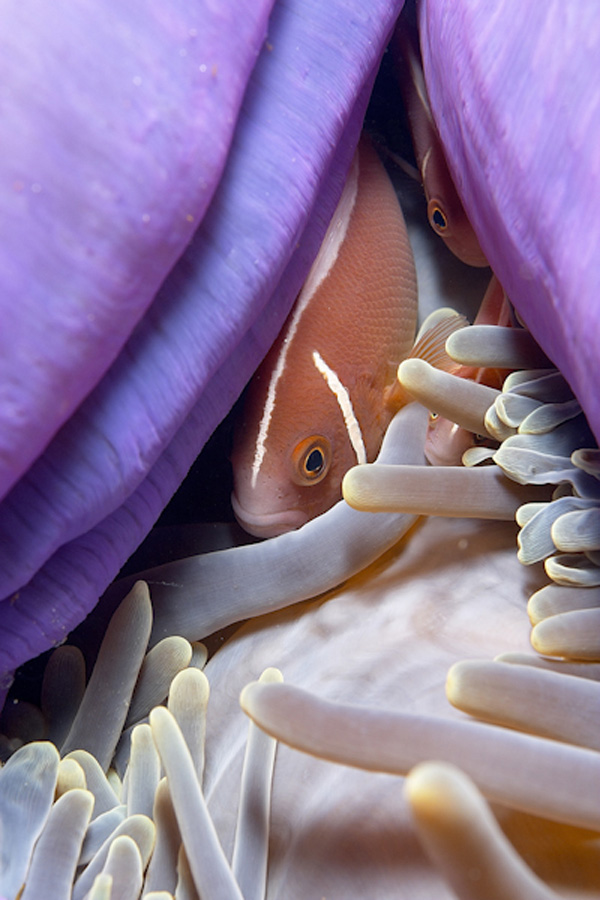
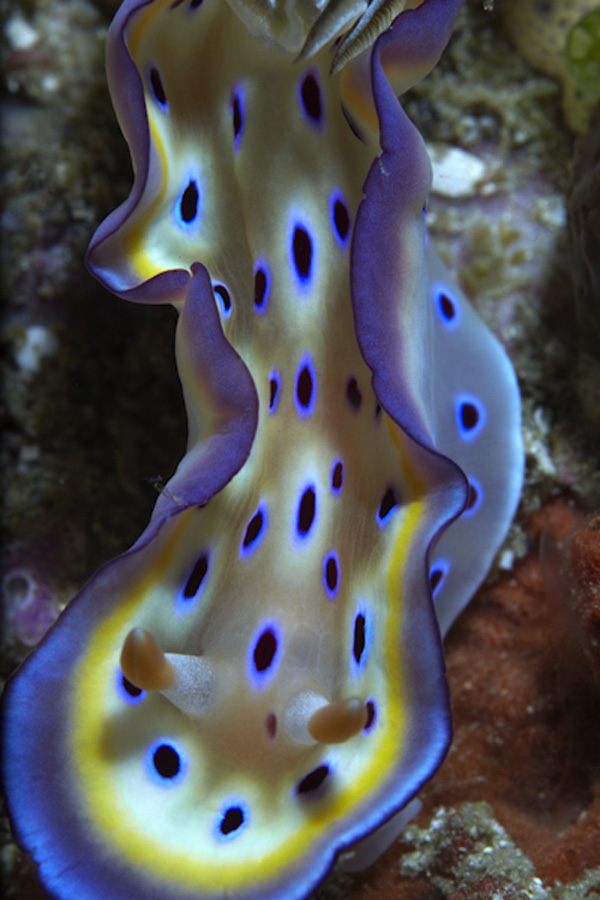
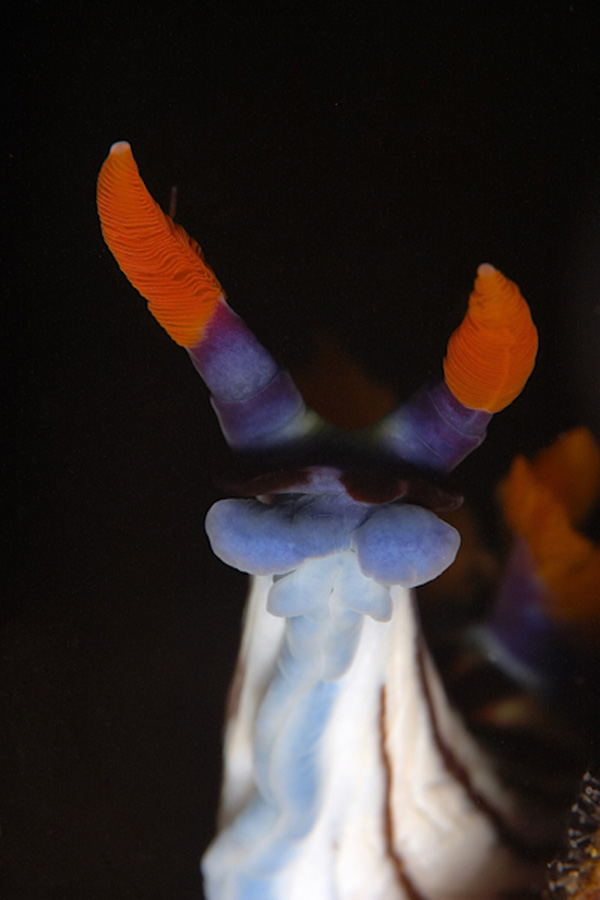
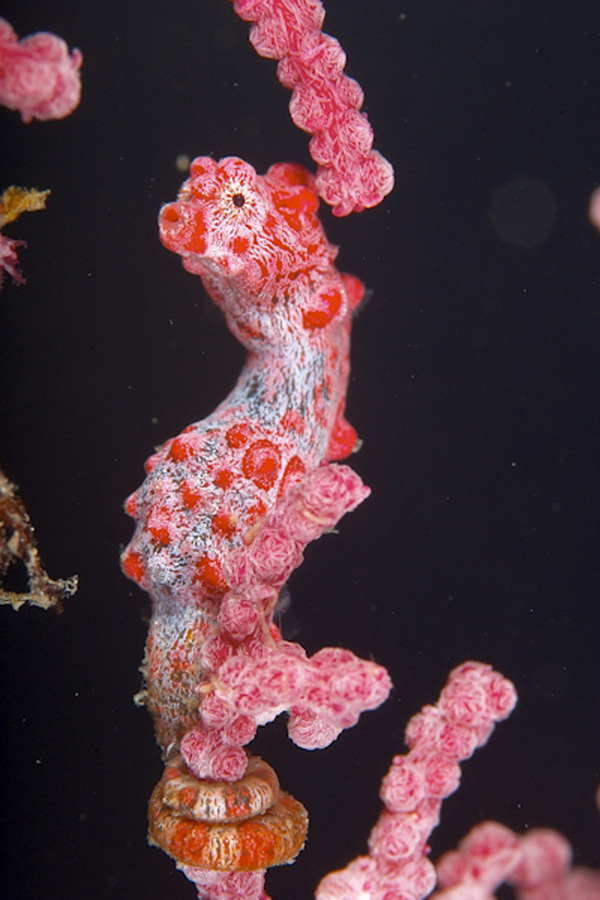
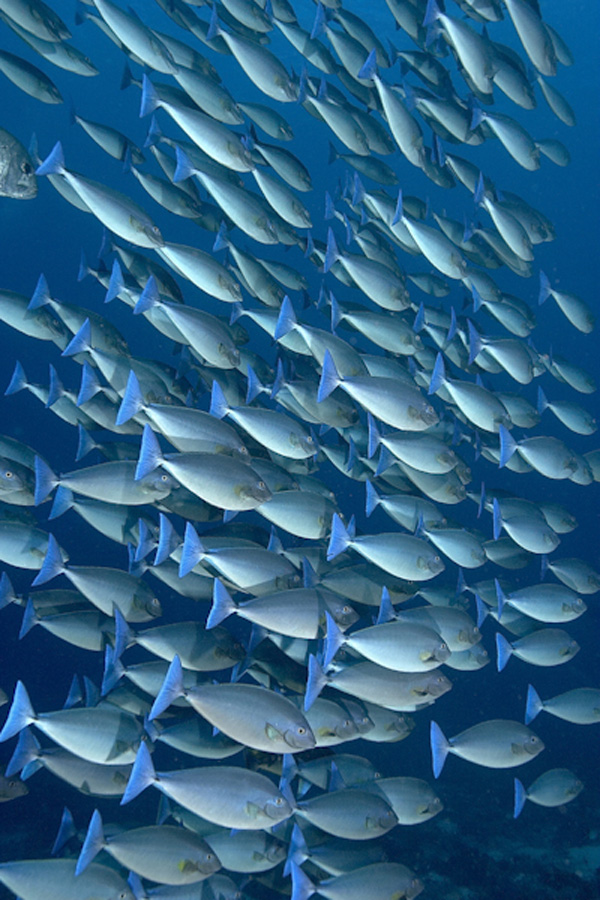


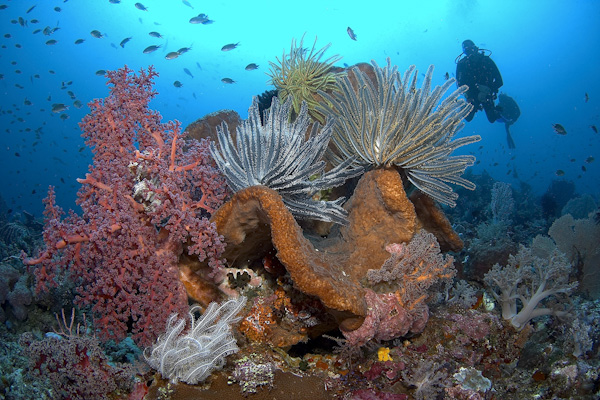
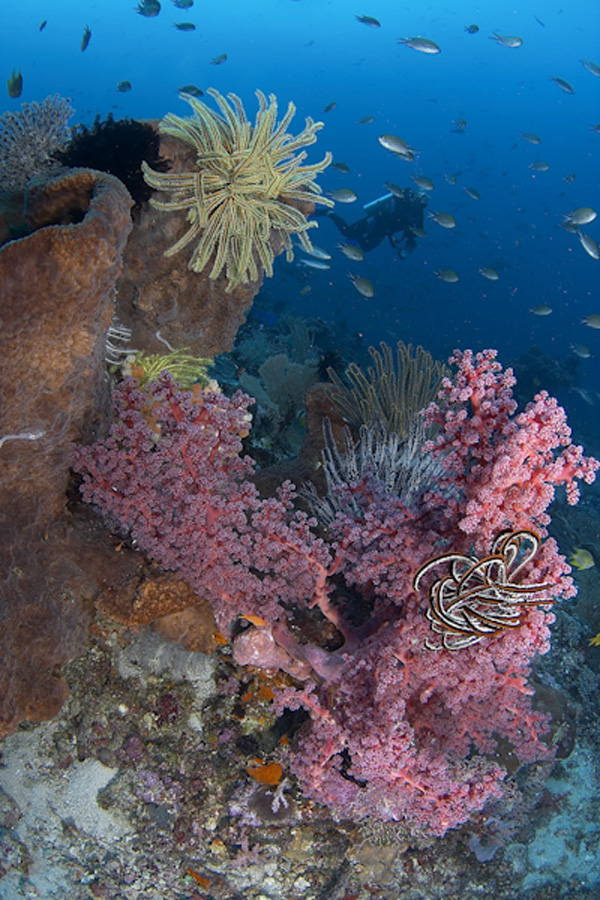
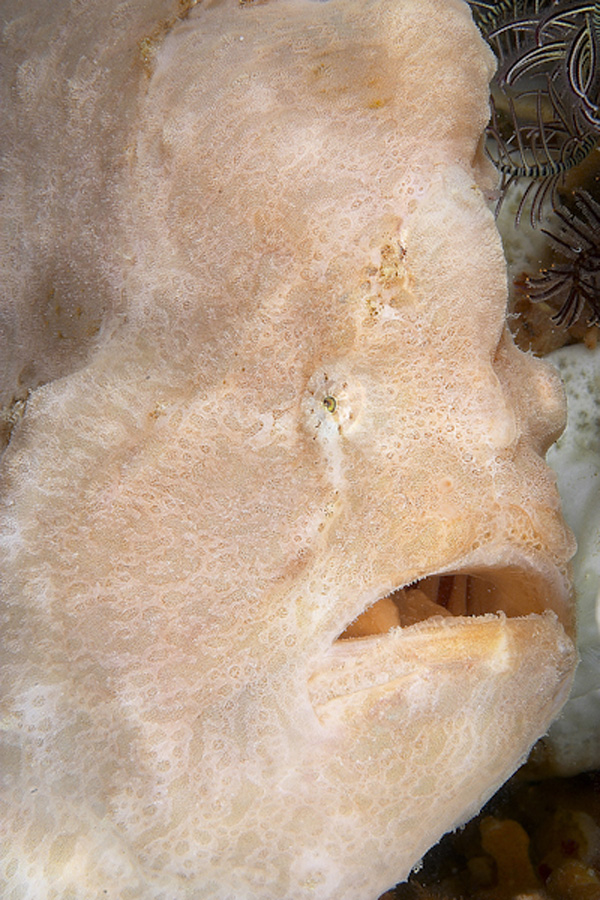

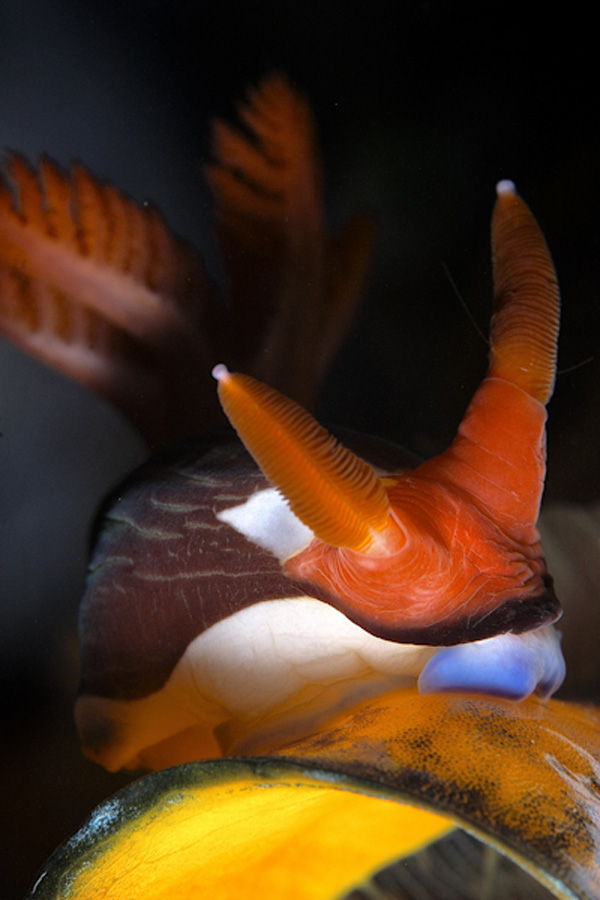

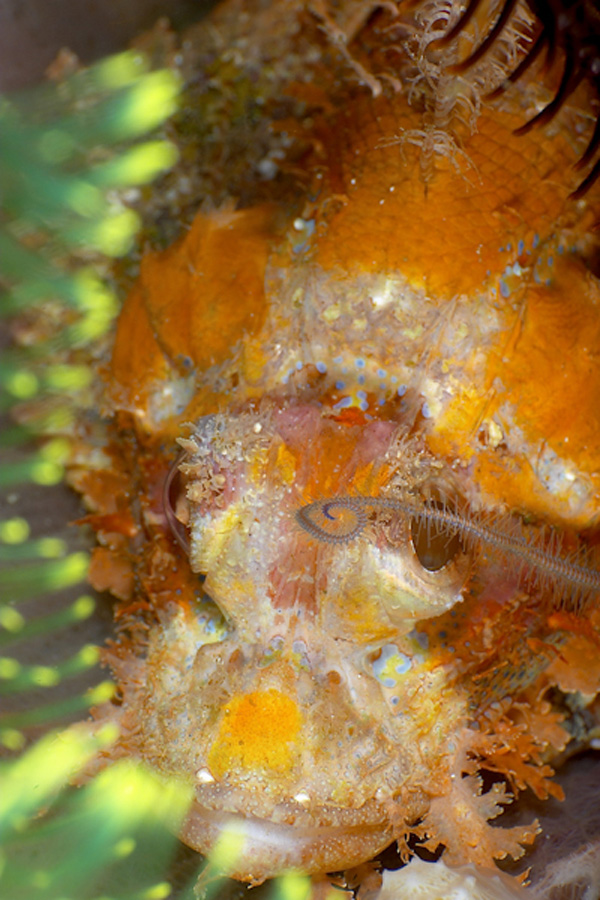
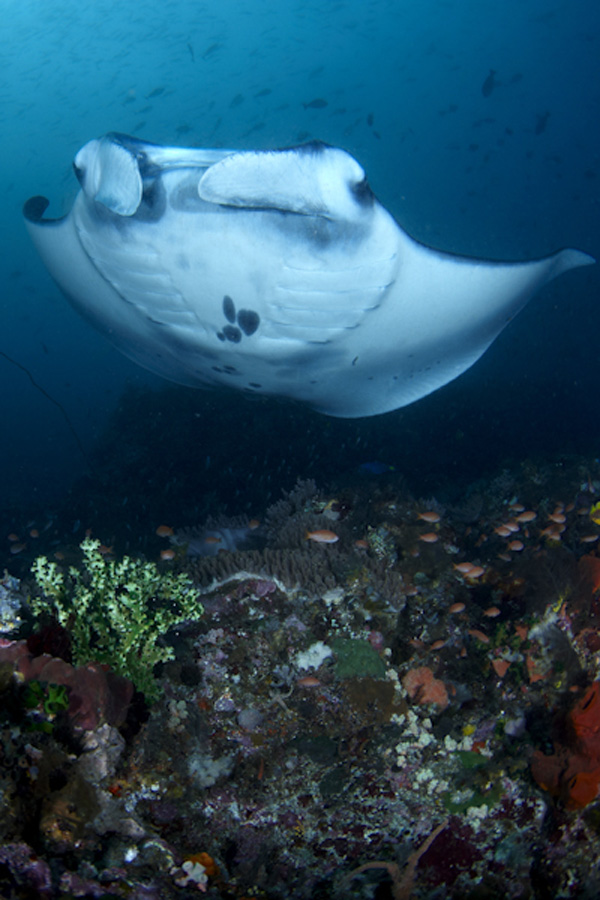

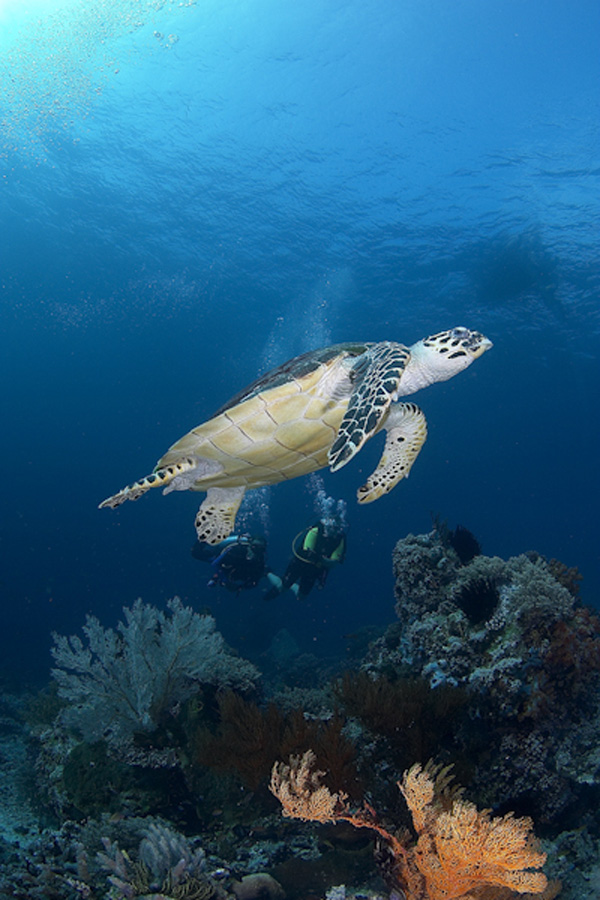



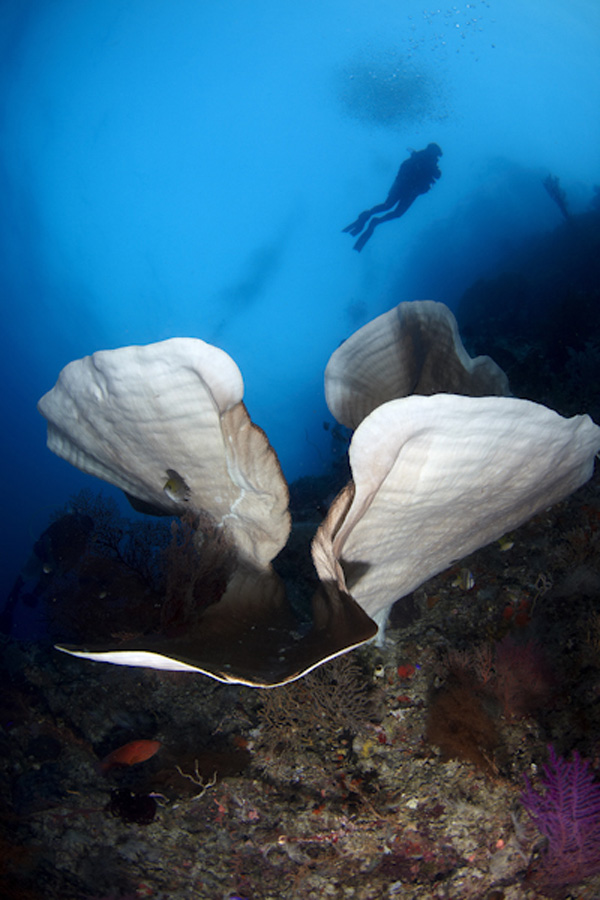
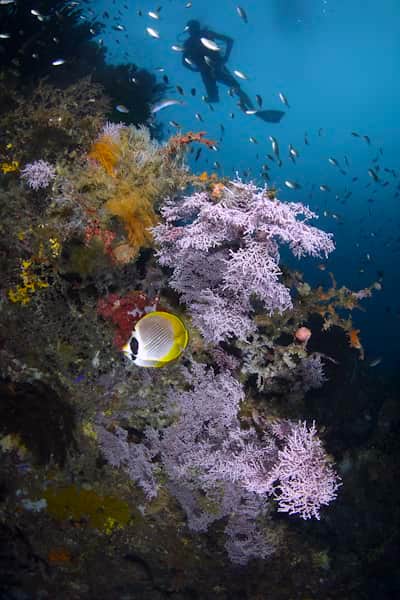


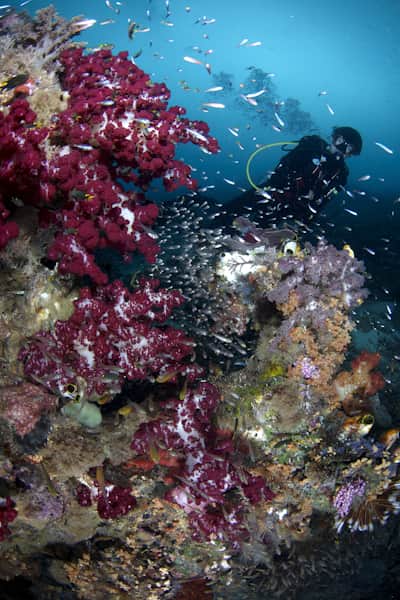


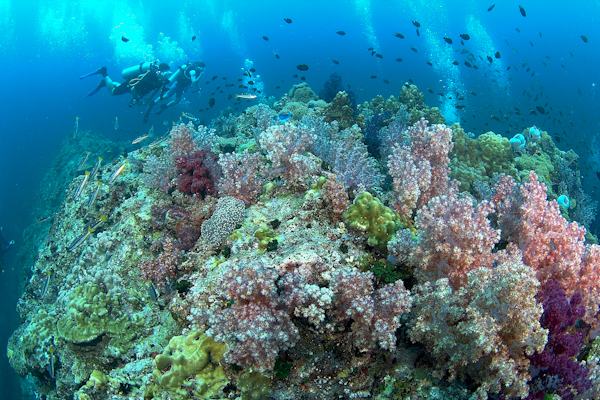
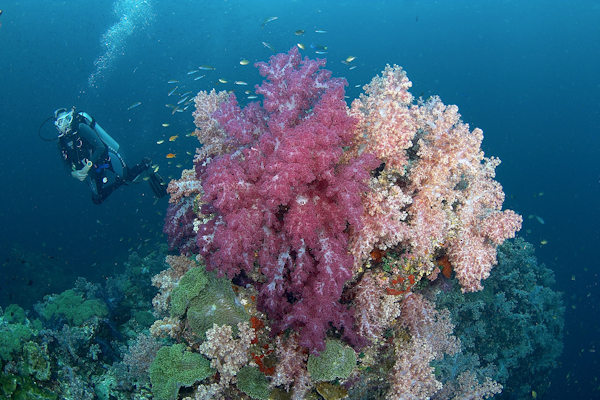
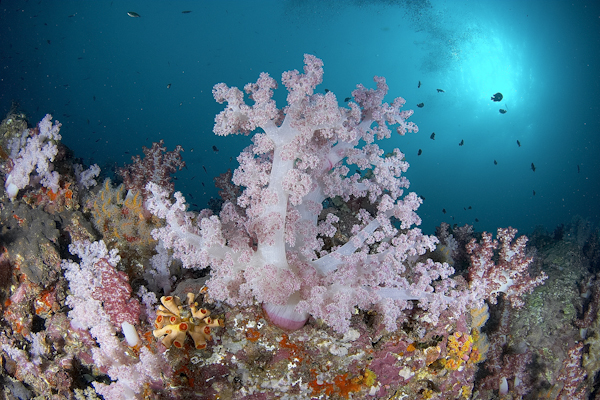
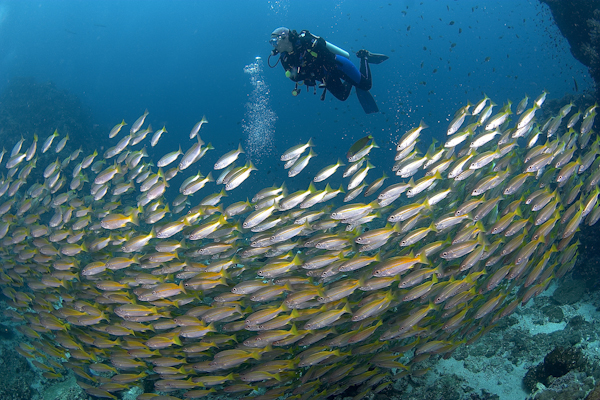
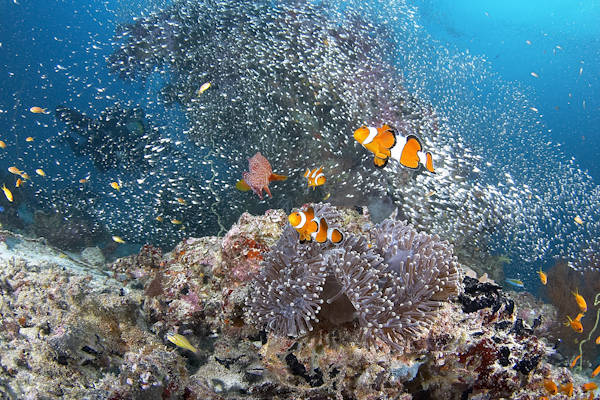
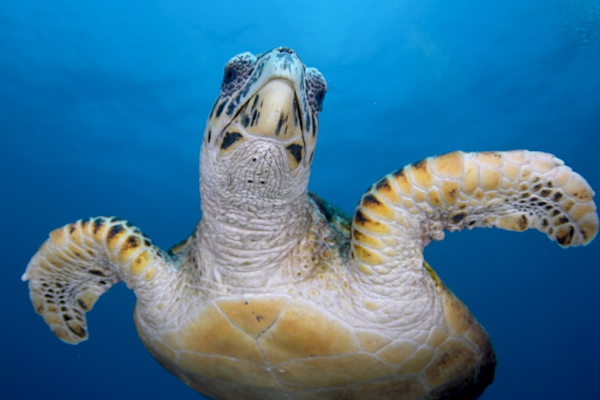
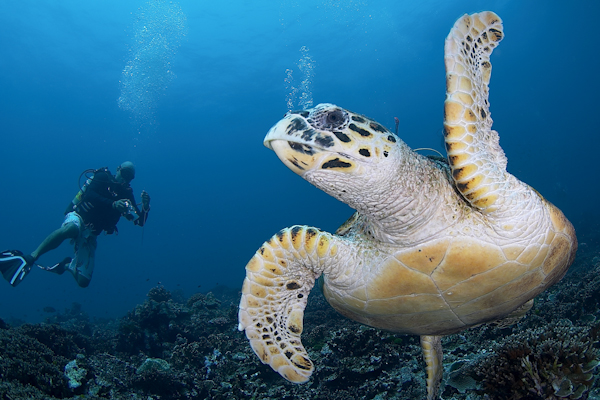
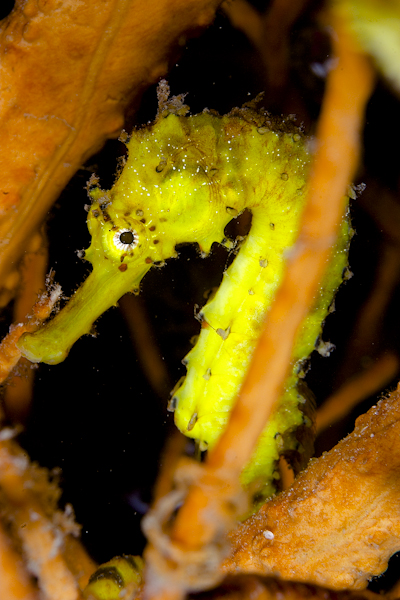
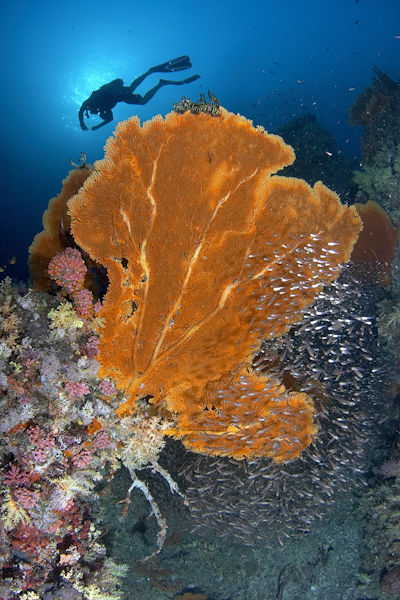
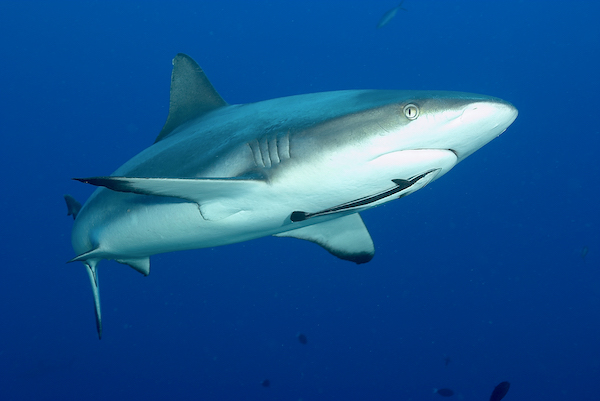

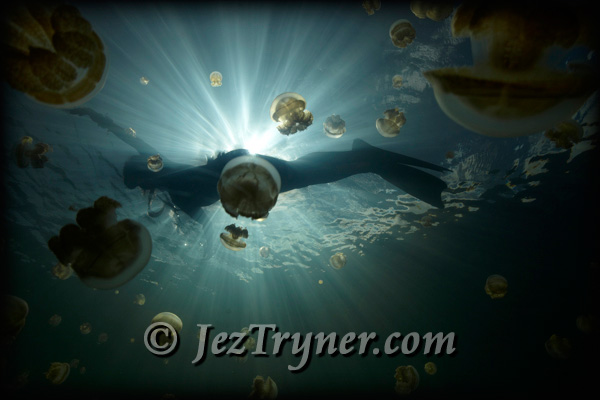


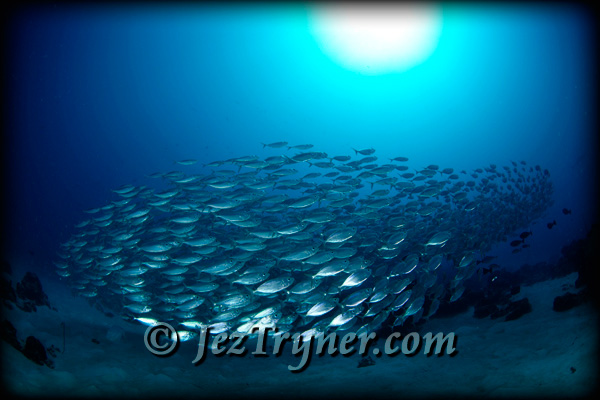
.jpg)
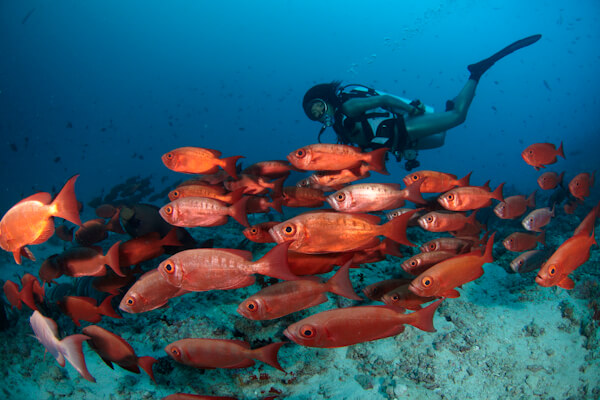


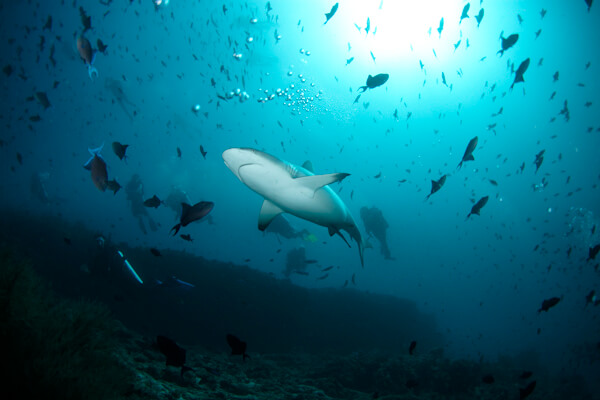
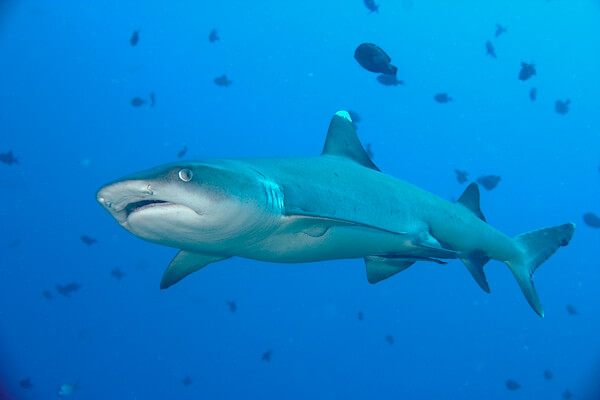

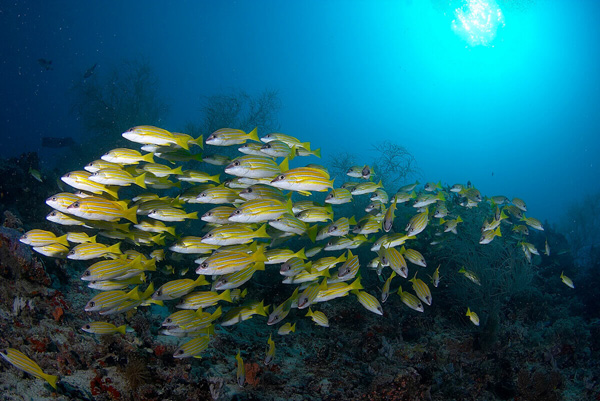
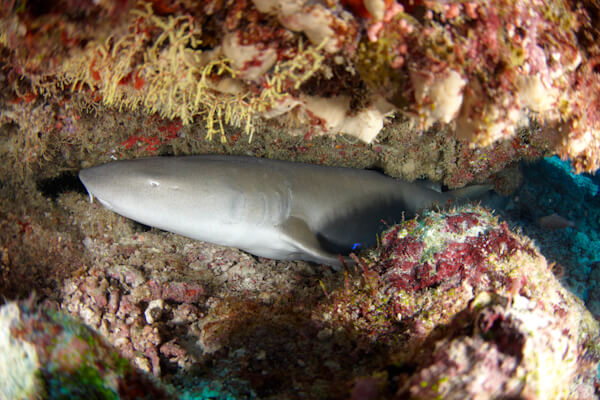
.jpg)




